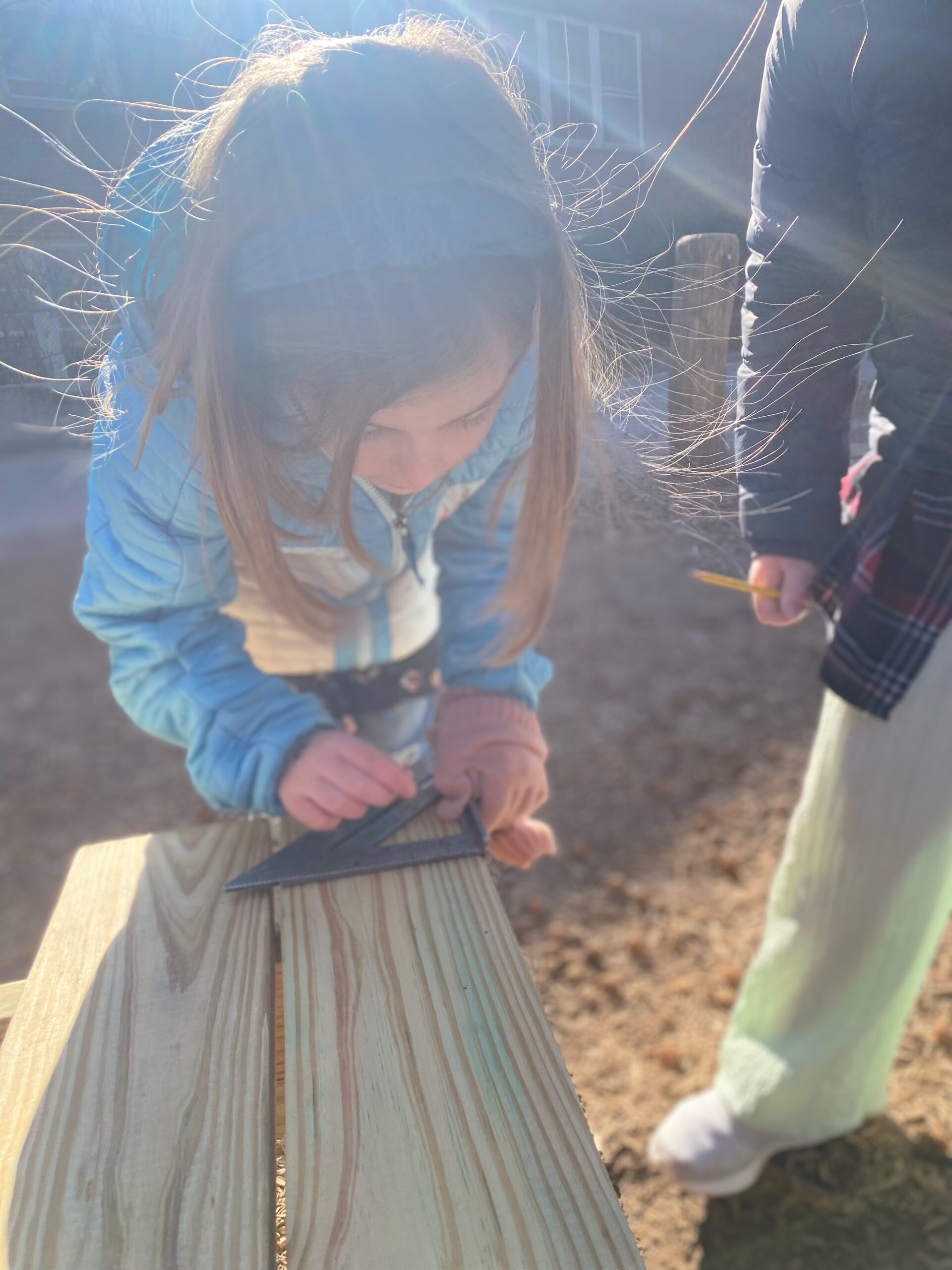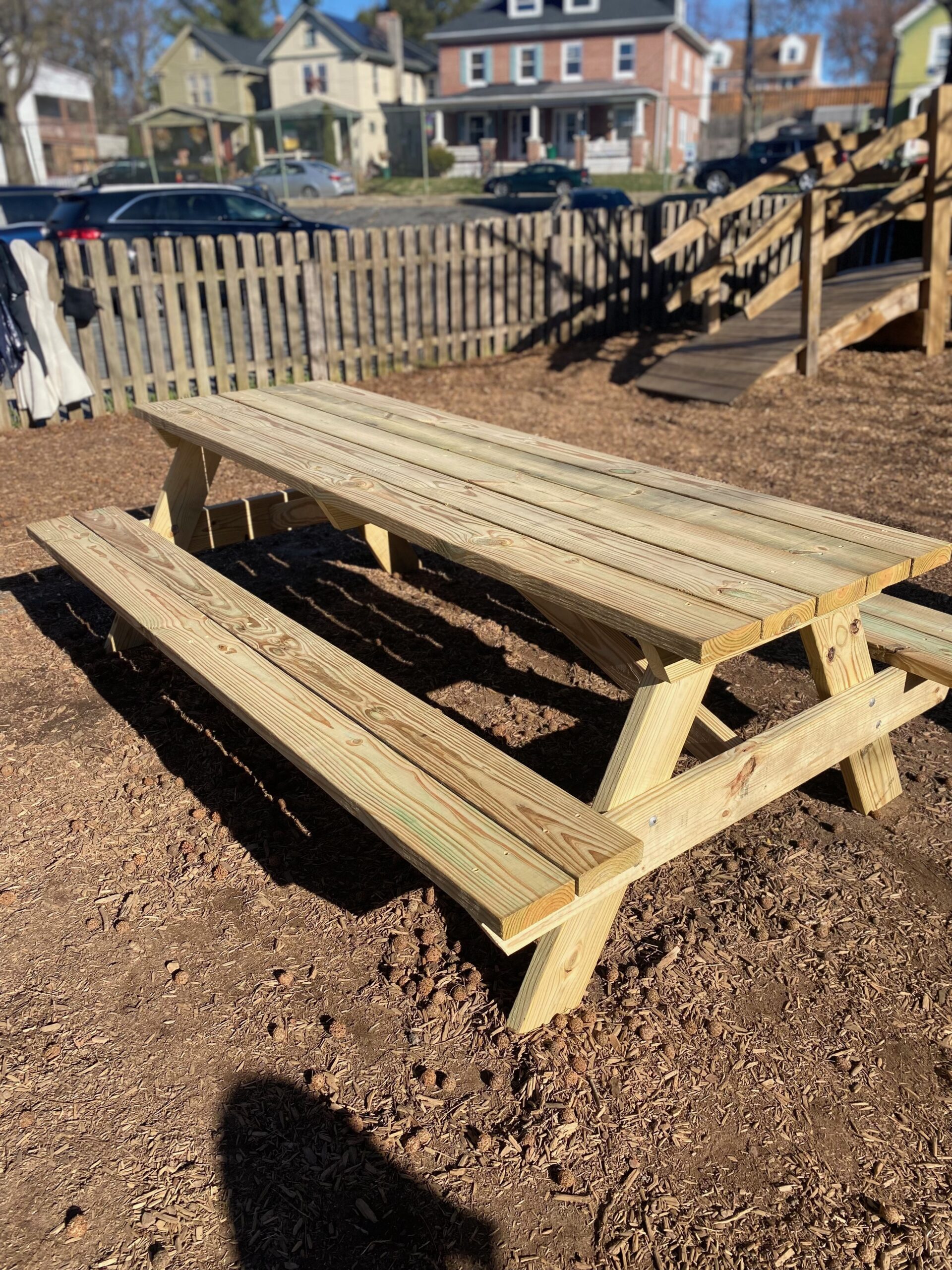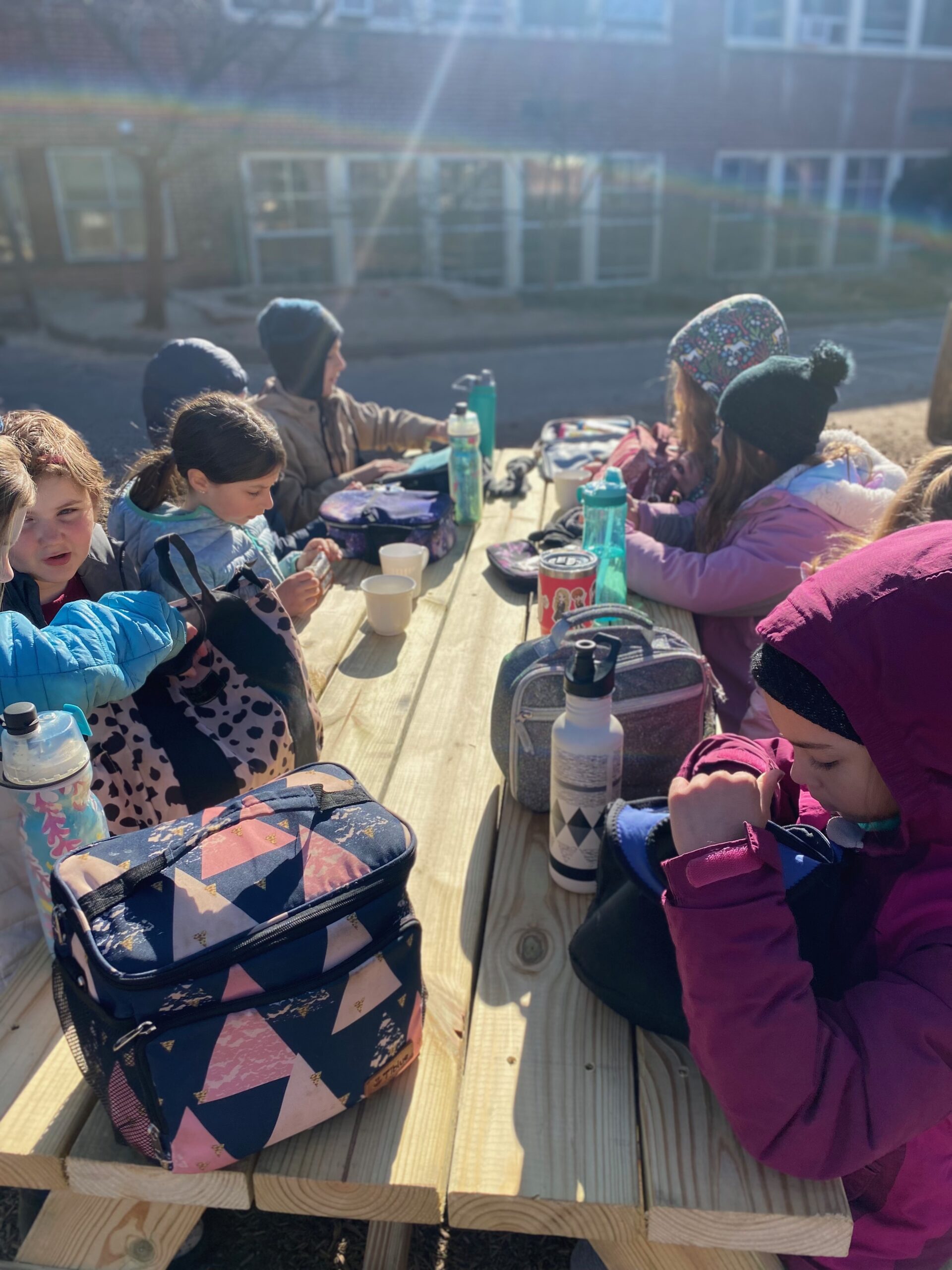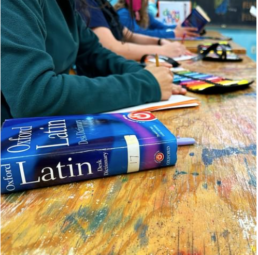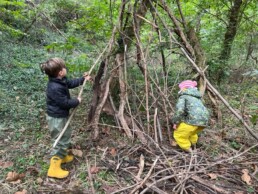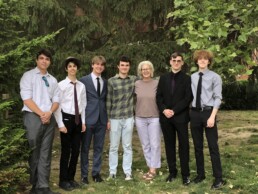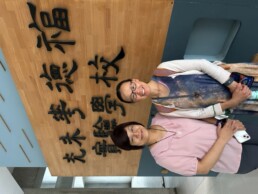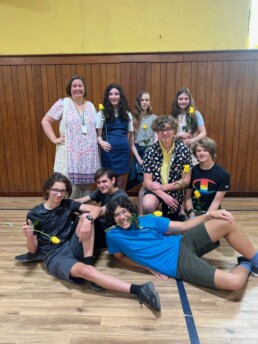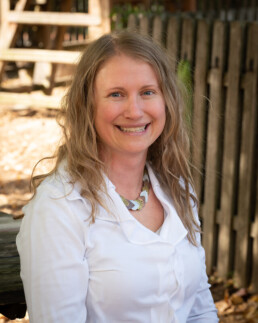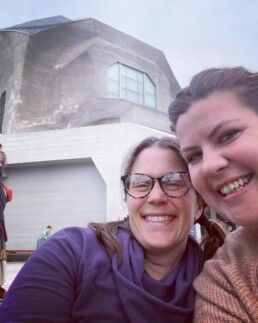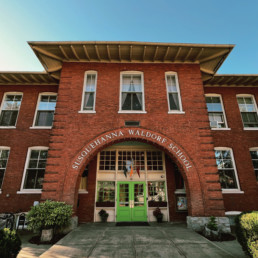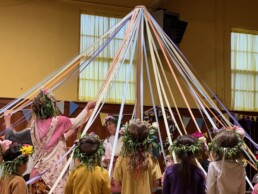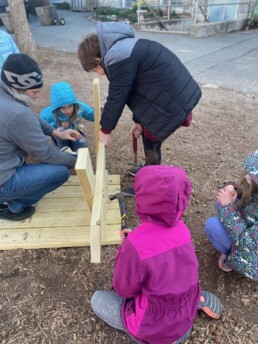A Creative Approach to World Languages at the Susquehanna Waldorf School
The joyful teaching of world languages in Waldorf schools was initiated by Rudolf Steiner, the founder of Waldorf education. He proposed that world languages should be taught from an early age to make the best use of the powers of imitation that enabled the children to first learn their native language. He recommended that two world languages should be taught beginning in the first grade. Susquehanna Waldorf School follows this recommendation with Mandarin during grades 1-8, Spanish during grades 1-4, and Classical Latin during grades 5-8.
The Waldorf education approach to teaching modern world languages is based on the idea that the primary purpose of world language acquisition is to develop the ability to communicate. All world language teaching in Waldorf schools can also be said to deepen the inner life of the student as the following quotes elucidate.
“Language instruction in the Waldorf School trains the capacity for human sympathy; it is social pedagogy; it is a pedagogy of peace, not through discussion of becoming informed, but through the cultivation of the ability to perceive.” Johannes Kiersch, author of Language Teaching in Steiner-Waldorf Schools
“A person who sympathetically enters into another language opens doors in the soul, becomes sensitized to other peoples and other modes of experiencing reality, and not least of all, learns to understand his or her language better. The new language provides a subtle, contrasting counterbalance that helps offset the one-sidedness of the person’s native tongue and culture.” Michael Navascues, Waldorf Teacher and Professor of Spanish Language at the University of Rhode Island
Modern World Language Study at SWS
“Steiner envisaged (or explained) that modern foreign languages must be learned entirely from the human encounter, from the conversation between teacher and pupils, from dialogue: just as it happens with the mother tongue, through verbal interaction: comprehension and the ability to speak must arise out of the activity.” Cristof Weichert, author, retired Waldorf teacher, and former head of the Pedagogical Section at the Goetheanum.
Mandarin Chinese and Spanish are modern world languages taught at SWS. The following are highlights of each curriculum.
Mandarin Chinese: According to language expert Benjamin Davies, Mandarin Chinese is the hardest language for English speakers to learn. Interestingly, Mandarin Chinese is also the most widely spoken native language in the world. Here at the Susquehanna Waldorf School, children are blessed to have the opportunity to start learning Mandarin in the first grade. Their Mandarin Chinese journey will continue until they graduate in eighth grade. Students take Mandarin Chinese for two periods per week.
In the early grades, the experience of the Mandarin Chinese language is completely oral. Mandarin Chinese has four basic tones and one neutral tone. The tonal nature of the language makes speaking it very hard for English speakers. During the first three years of learning Mandarin Chinese, the main focus is on the auditory inputs. All learning occurs within an oral context through songs, poems, games, activities that involve rhythm, and situational dialogues. The children feel, act, and live the language, connecting with every aspect in an unconscious, playful, and lively way. Through these activities, they not only learn vocabulary and language concepts they also have the opportunity and advantage to lay a strong foundation for the correct tones from the very beginning. In the Waldorf classroom, repetition is imperative for the absorption of the language.
As students continue through to eighth grade, they learn to write Chinese characters and increase their understanding of grammar and syntax. The students memorize ballads, hear and read dramatic stories, recite ancient poems, sing songs from specific regions of China, and learn about traditions and customs. These feed their active interest in other cultures.

Spanish: Learning the Spanish language raises one’s social conscience and cultivates an interest in and respect for others. Susquehanna Waldorf School sees world language study as a window into the soul of another culture. The way we think is expressed through the language we speak. At SWS we nurture a cultural understanding of other people through acquiring their language.
In first grade, Spanish is taught through oral context with verse, song, and activities that involve rhythm, drama, and situational dialogues. In second grade, children learn extensive poems and verse by heart.
Songs, poems, games, and drama are central to all lessons in third grade as is the focus on rhythm. Children relate to emotional content long before they relate to intellectual content. Fourth grade marks the beginning of academic work through the writing of known verses. Continued acquisition of vocabulary is emphasized.
Classical Latin is not a modern language, or is it?
At the Susquehanna Waldorf School, Classical Latin is studied in Grades 5-8. Latin is the universal language of Western civilization. Some of the most sophisticated ideas in the Western world were first expressed in Latin. Latin is a highly organized and logical language. The study of Latin sharpens the mind, cultivates mental alertness, creates keener attention to detail, and develops critical thinking.
Latin is hiding in plain sight in the English language. Since nearly two-thirds of all English words are derived from Latin, the study of Latin gives invaluable insight into English vocabulary and the structure and meaning of complex words. Additionally, a knowledge of Latin provides a window into commonly taught Romance languages such as Spanish, French, and Italian. A grounding in Latin will, in later years, be beneficial to our students when preparing for pre-college testing, graduate testing, and for those who go on to study law, medicine, and other sciences.
Our classical Latin program at SWS brings the Latin language to our students with joy by celebrating ancient festivals, reading myths and legends, discussing archaeological finds, and enlivening elements of Roman culture through the performance of short plays, verse, and poetry. Latin vocabulary and grammar and Classical Latin pronunciation are emphasized in all of the grades.

The Susquehanna Waldorf School’s cohesive manner of presenting our World Language program puts us, along with other Waldorf schools, in the vanguard of language instruction in North America. Our creative approach to teaching world languages fills our students with the joy of learning.
“The heart of the Waldorf method is that education is an art.” Rudolf Steiner
Lisa Sweeney
Classical Latin Teacher
Susquehanna Waldorf School
2024
Supporting Independent Play with Screen Free Resources
Screen media floods a child with visual sensory overload and physical sensory deprivation in a way that hinders development and deprives them of the physical stimulation they need for healthy growth and development. Children who have had exposure to excessive screen media often present with speech delays, frenetic movement, delayed motor skills, difficulty settling into tasks, and difficulty engaging in imaginative play, among other challenges. It is important that families know that this topic is addressed in an inclusive environment free of judgment. Our approach is straightforward and understanding of the modern struggles that lead to screen use.
Children will feel more secure in playing independently, without significant adult input, if they first have mindful, warm, distraction-free moments of connection with their caregivers. Moments of caregiving (meal times, dressing, hand washing, diapering, etc.) are wonderful times to be fully present with your child, giving eye contact, attention, and love while helping them through a moment in their day when they need an adult presence. Knowing that their caregiver is physically and mentally available to them provides security. The child needs to know that they are more important than whatever is happening on the phone or computer. With this need fulfilled, the child will be more ready to play on their own without constant adult interaction.
Independent play is a muscle that only grows stronger when we use it. Young children love to play, and they will learn to play on their own if we give them a chance, starting as young as possible. If we provide entertainment through screens, the child will learn that entertainment comes from outside of them. They learn passivity, that they can sit and wait, and entertainment will be provided. Children who learn media-free independent play will know that entertainment comes from within themself, developing a creative spark that will serve them for a lifetime. The whole family will benefit as well, as children are able to self-entertain for developmentally appropriate stretches of time while parents tend to other important tasks. It is very important that we not delay teaching children the skill of independent play: learning this skill is more difficult for older children who have never been asked to self-entertain before.
Screen media use tends to increase over time. The more exposure we have, the more our brains will ask for. Delaying exposure will help enormously in managing screen time battles in the future. It is important to note that allowing no screen time is much easier than having a little screen time. When the child is used to a screen-free environment, there is no conversation or debate about it. Managing screen time only gets harder after early childhood. For now, it is simple: none is easiest on the child, easiest on the caregivers, and most healthy for everyone involved. And most importantly, media-free early childhood sets the fertile soil for healthy growth and development.
Resources and further reading to support a screen-free home: https://kimberleylewis.com/playing-alone/
https://kimberleylewis.com/complex-toy-combinations
Sparkle Stories: https://www.sparklestories.com/
Listen to sample stories and use this discount code for a complimentary 20 day trial: SUSQUEHANNA
With a library of over 1400 original audio-only stories, each Sparkle story contains a small seed of learning, including how to be kind to others, how to be respectful in thought, word, and deed, and how to live in wonder and reverence for this incredible world. Many stories are connected to a tutorial, craft, or recipe so the narrative experience does not end with the entertainment, but offers inspiration for further creativity and exploration. A streaming subscription provides unlimited access to all 1400+ audios plus access to all of the associated content.
Louis’ Farm: https://www.louis-farm.com/
A nature inspired “magazine” for ages 3 and up. Use the promotional code WALDORF to receive 50% off your entire order. Samples available in Williams Hall.
Whizz through winter, slide through spring, sweat through summer and fall through fall with Louis, Sarah, Little Gnome, and all kinds of animals and plants. Then you can play games, solve puzzles and make crafts related to the stories you have read! Each issue of Louis' Farm contains 50+ pages of exciting stories, activities, songs, games and craft ideas that will help you and your children create and grow through the seasons.
Simplicity Parenting (Book, Podcast and Website resources for parents):
With too much stuff, too many choices, and too little time, children can become anxious, have trouble with friends and school, or even be diagnosed with behavioral problems. Now internationally renowned family consultant Kim John Payne helps parents reclaim for their children the space and freedom that all kids need for their attention to deepen and their individuality to flourish. Simplicity Parenting offers inspiration, ideas, and a blueprint for change:
- Streamline your home environment. Reduce the amount of toys, books, and clutter—as well as the lights, sounds, and general sensory overload.
- Establish rhythms and rituals. Discover ways to ease daily tensions, create battle-free mealtimes and bedtimes, and tell if your child is overwhelmed.
- Schedule a break in the schedule. Establish intervals of calm and connection in your child’s daily torrent of constant doing.
- Scale back on media and parental involvement. Manage your children’s “screen time” to limit the endless deluge of information and stimulation.
Free Simplicity Starter Kit to help families simplify: https://bit.ly/swssimplicityparenting
Written By: Becky Rudowsky
Celebrating the SWS Class of 2019!
Written by SWS Fifth Grade Teacher, Melissa McIntyre.
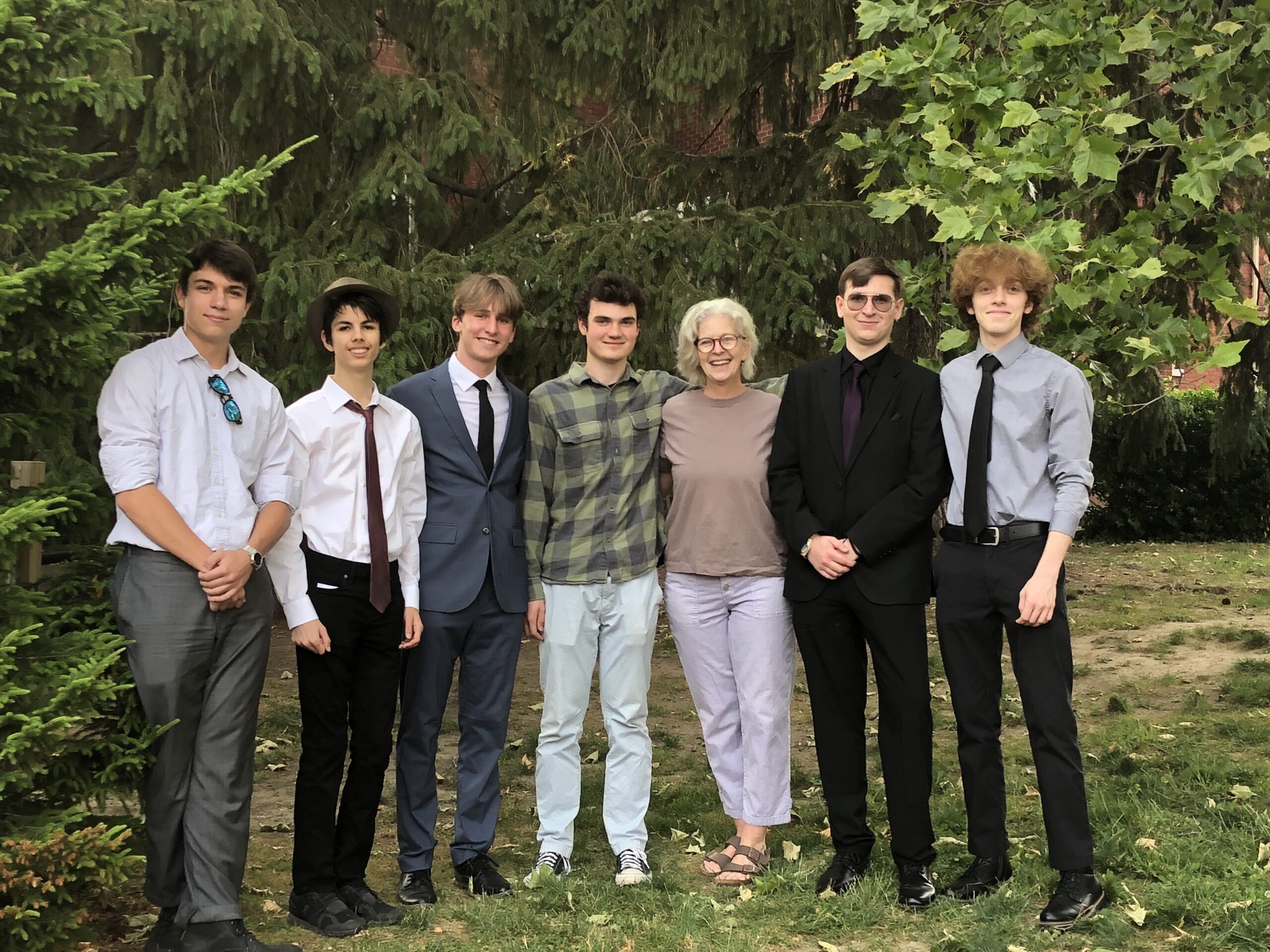

We are thrilled to celebrate the SWS class of 2019, all of whom recently graduated from high school! It is a true joy to learn about what our alums are up to and we wish them all the best on their next adventures.
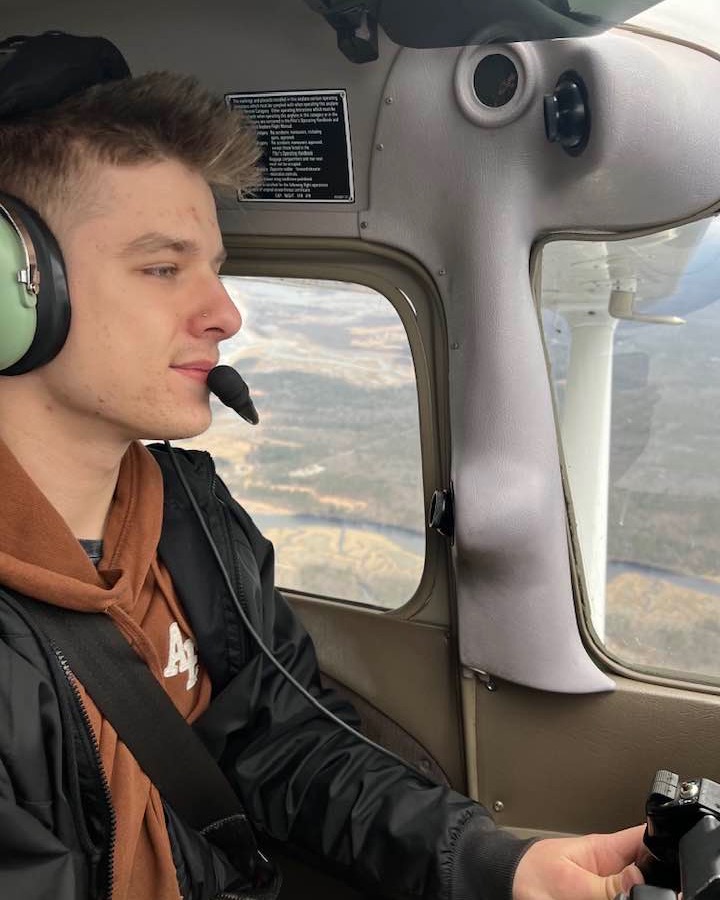



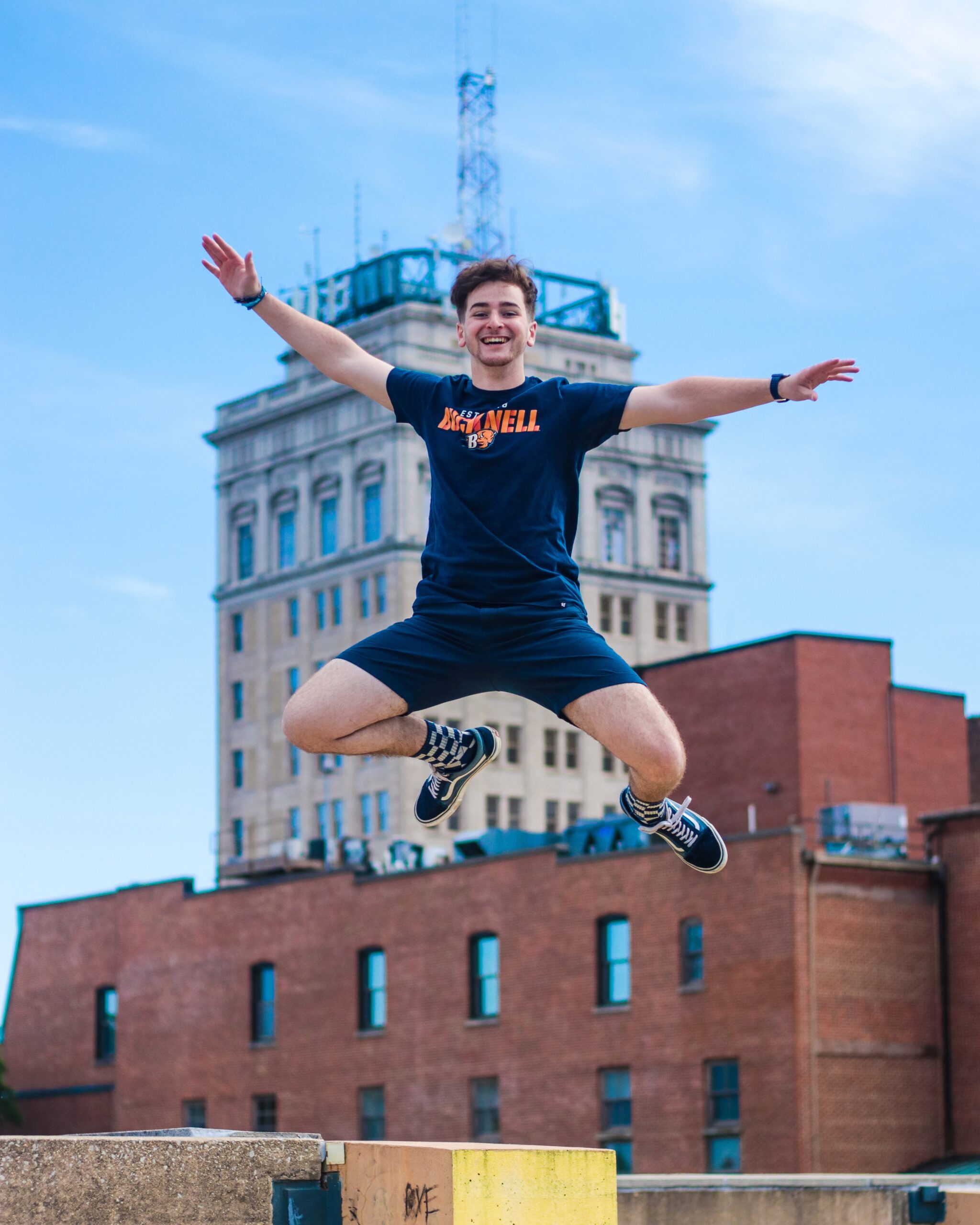

Graduates:
Olivia Alberto, Ian Brant, Abram Darby, Gabriel Elser, Caroline Fischer, Noah Fitz, Connor
Gherardi, Luke Higgins, Lakota Kin, Kathryn Meyer, Timmy Pollock, Wyatt Potter
High Schools Attended:
Donegal High School
Girard Academic Music Program (GAMP) in Philadelphia
Hempfield High School
Lancaster Mennonite High School
Linden Hall School for Girls
McCaskey High School
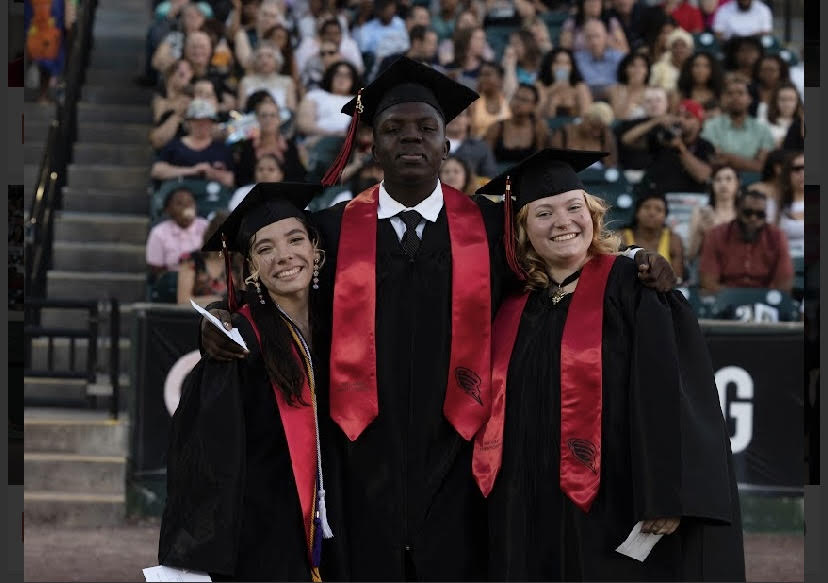

Next Adventures: (In no particular order)
~ Attending Millersville University and then transferring to the University of Pittsburgh to major in
Philosophy.
~ Attending Thaddeus Stevens College and studying Electrical Technology.
~ Spent the summer teaching English in Italy and is heading to Bucknell University.
~ Accepted into the Applied Engineering - Robotics Program at Millersville University.
~ Was nominated and accepted as a Cadet at the U.S. Military Academy West Point in New
York.
~ Working in Information Technology at Lancaster General Health.
~ Attending Millersville University.
~ Spent the summer participating in the Alternatives to Violence Program in Palestine and then
planning on more travel before attending American University in Washington, D.C.
~ Spent the summer as a camp counselor, plans to travel with a friend to see the national parks,
and will attend the University of Delaware for Equine Therapy.
~ Learning how to fly a plane.
~ Attending Stevens Institute of Technology in New Jersey.
~ Attending Elon University in North Carolina.
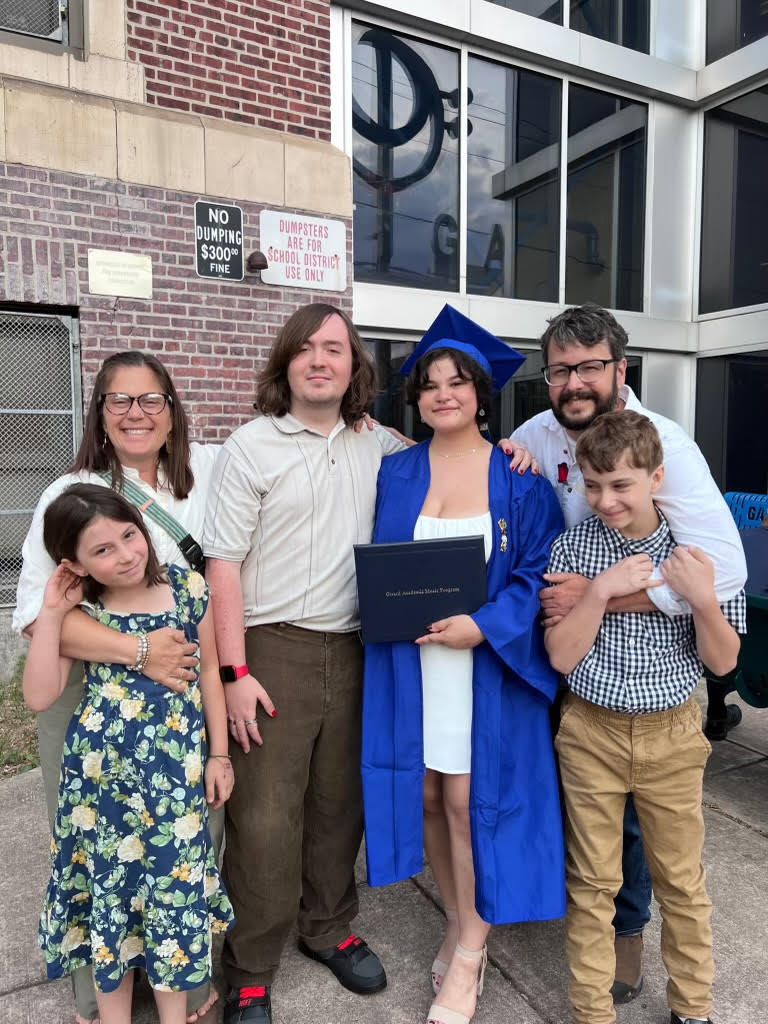

Visiting Kuang-He Waldorf School in Taiwan
Written by SWS Mandarin Teacher, Hui-Ling Singer.


It has been more than three years since COVID-19 began and, finally, this summer I felt safe enough to travel overseas again. I took my daughter, Joy, back to Taiwan to visit my family for three weeks in June. While we were there, I took the opportunity to visit one of the Waldorf Schools in Kaohsiung, my hometown.
It was a rainy day on Thursday, June 15. The temperature was hot and humid. My sister gave me a ride to Kuang-He Waldorf School. From a distance, the school looked like any regular school in Taiwan. Nothing special. I wasn't quite sure if I was in the right place. As I walked closer, I saw the name of the school and little children playing in a circle near the entrance. They reminded me of our 1st graders and I knew I was where I was supposed to be.
Kuang-He Waldorf School was established in the fall of 2012. The school has added one more grade each year and this coming fall, it will have all twelve grades plus a new parent and child class. The school is expanding. Kuang-He Waldorf School is the first Waldorf School in Southern Taiwan that teaches high school levels. The school has about 80 families right now with an average of 10 students per grade. The 8th grade has the most students with 16 total. The class that I observed was 5th grade which had 11 students that day, 7 boys and 4 girls.
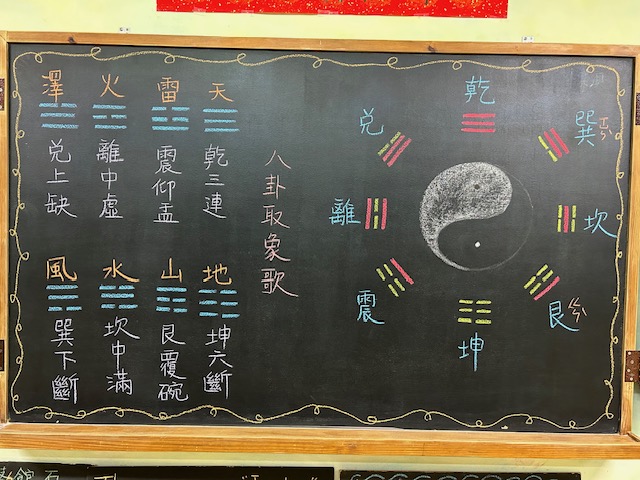

For foreign language learning, English is taught from 1st grade to 12th grade. In 1st grade, it's only 15 minutes per class during the morning circle time twice a week. Beginning in 2nd grade, English is 45 minutes long and is taught twice a week. From 3rd grade to 6th grade, English is taught three times a week, and 7th grade and up, four times a week. In high school, which is from 10th grade to 12th grade, English class is 50 minutes long. Besides English, students in 5th and 6th grade will take Japanese for half a year during club time. In 7th grade, students will choose either Japanese or French for two years. In 10th grade, students will choose either German or Russian for another two years.
I’m super excited about the connection made this summer between our school and Kuang-He Waldorf School in Taiwan. One of my goals for this visit was to find pen pals for my students. The teacher Li-Ru Fu, who was with me the whole time, will be the class teacher for 7th grade this coming school year. She was very happy to hear my idea about pen pals. After a short discussion, we have decided to start with two classes: our 8th grade will pair with their 7th grade and our 5th grade with their 6th grade.






Kuang-He Waldorf School doesn't have its own school building yet. It is currently renting a part of the campus from the He-Chun Institute of Technology which is no longer in operation. The spirit of Waldorf education lives out loud through the colors of the walls no matter where you are in the world. As I was touring around, I could see clearly where the old institute ended and where Kuan-He Waldorf School began. Teacher Fu told me that their dream is to someday build their own school in the center of the city. May their dream come true!
Congratulations to Susquehanna Waldorf School's Class of 2023!!
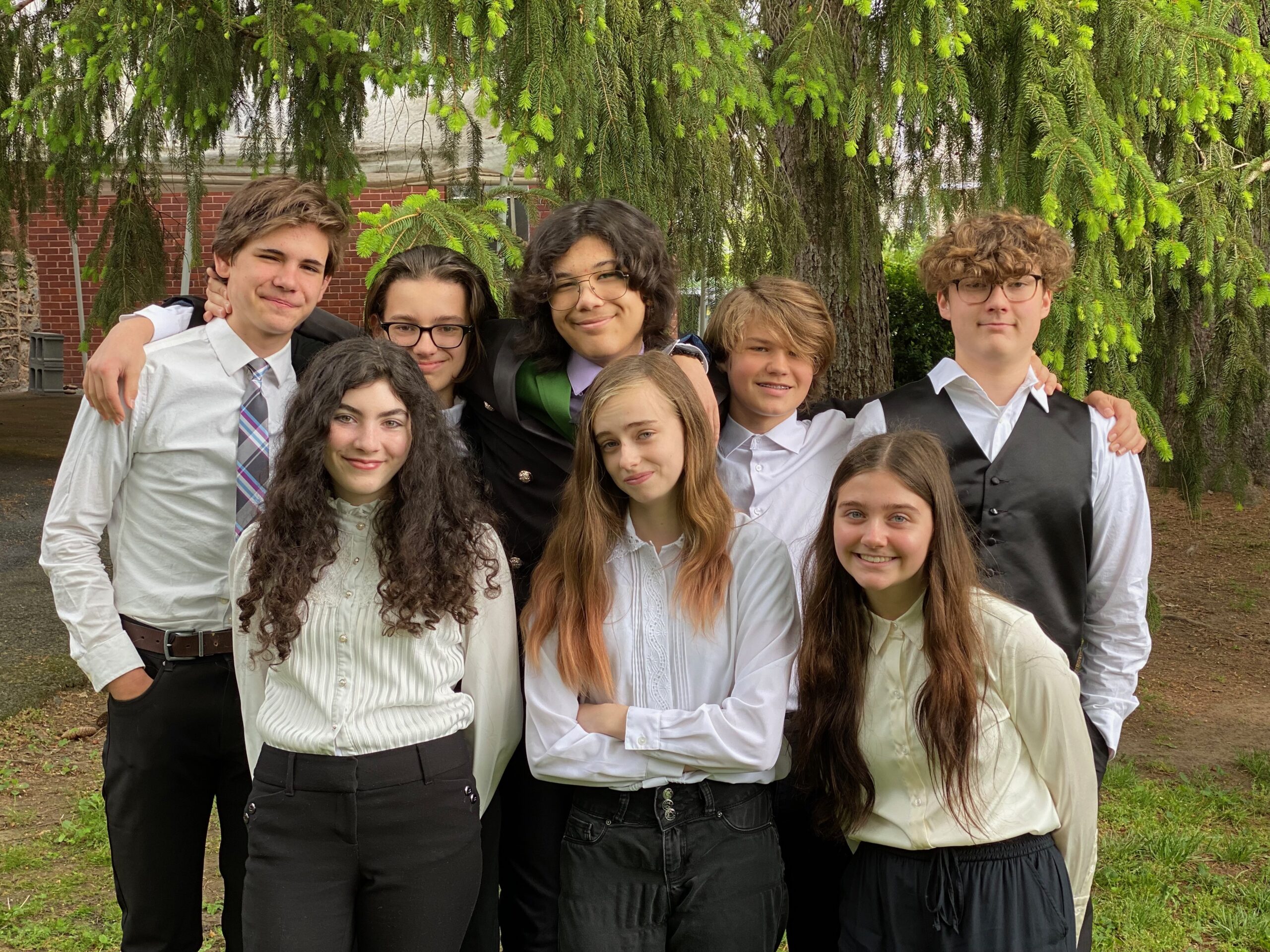

Graduating from the Susquehanna Waldorf School is a significant occasion for our students. Many of our 8th graders have been students at our school since parent & child and Kindergarten classes. Many have quite literally spent their entire lives at SWS. The Class of 2023 is thrilled to begin this new journey of beginning high school and beyond but it also means saying goodbye. In Waldorf education, we mark and celebrate this momentous time in several ways.
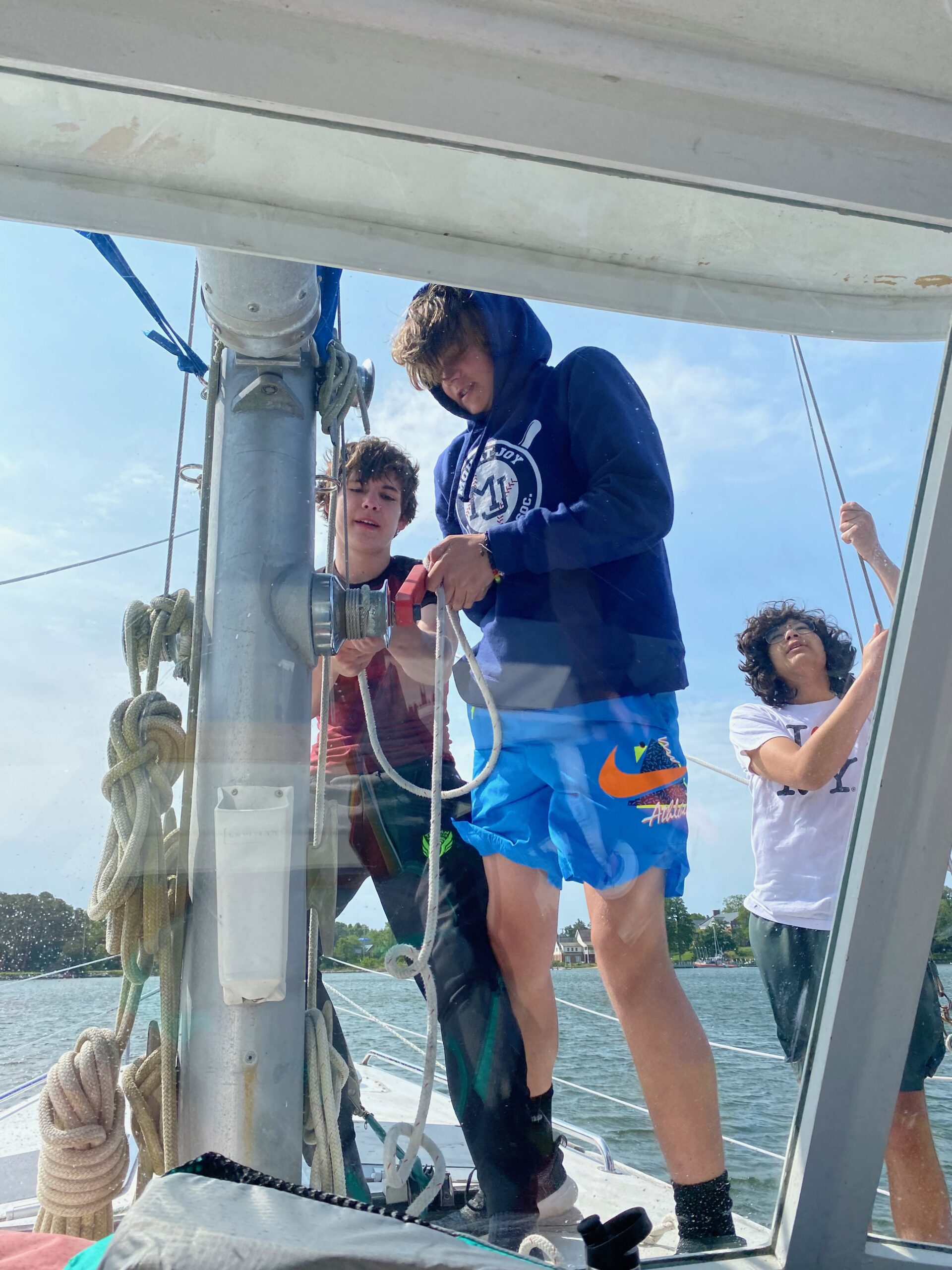

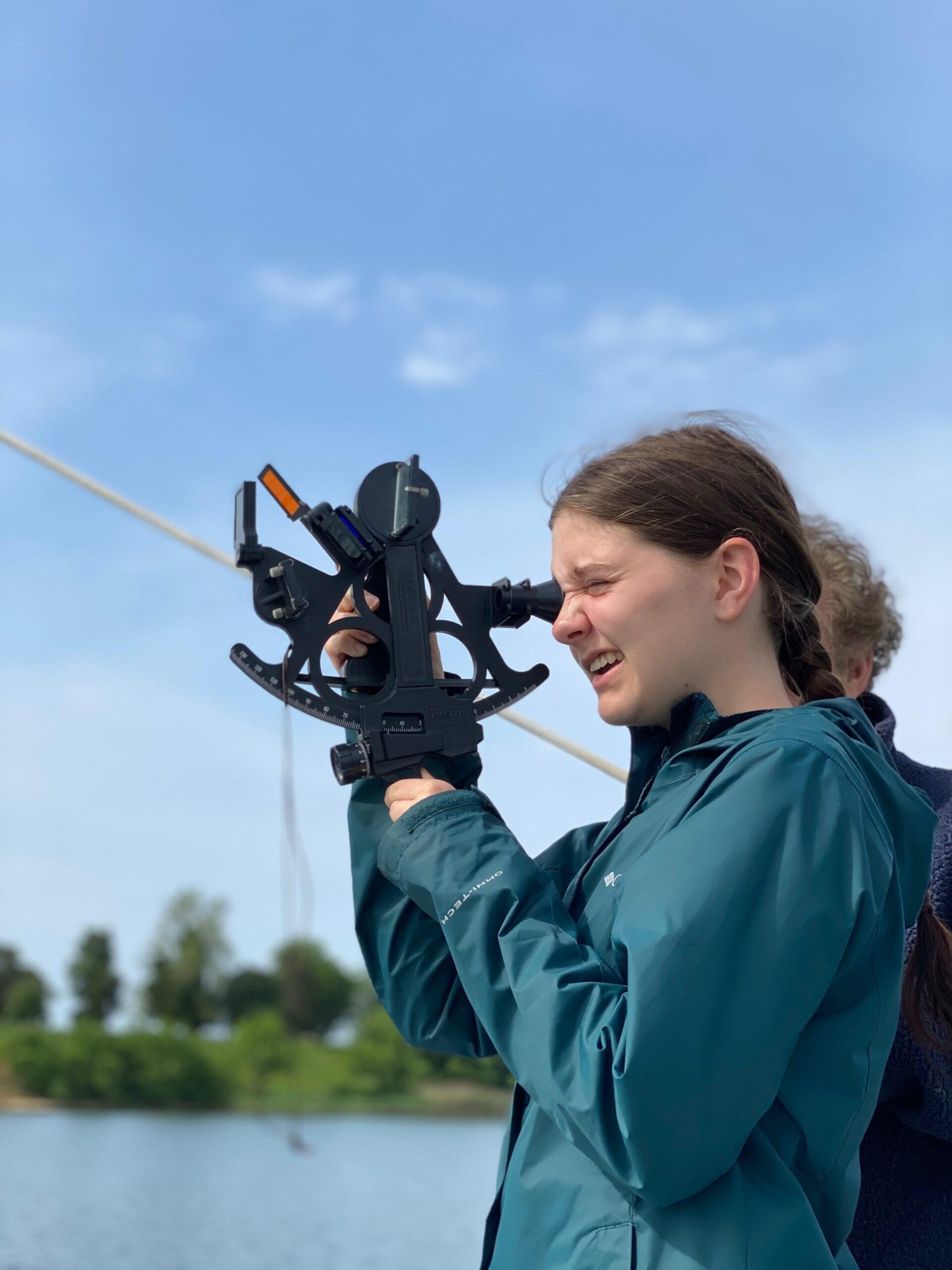

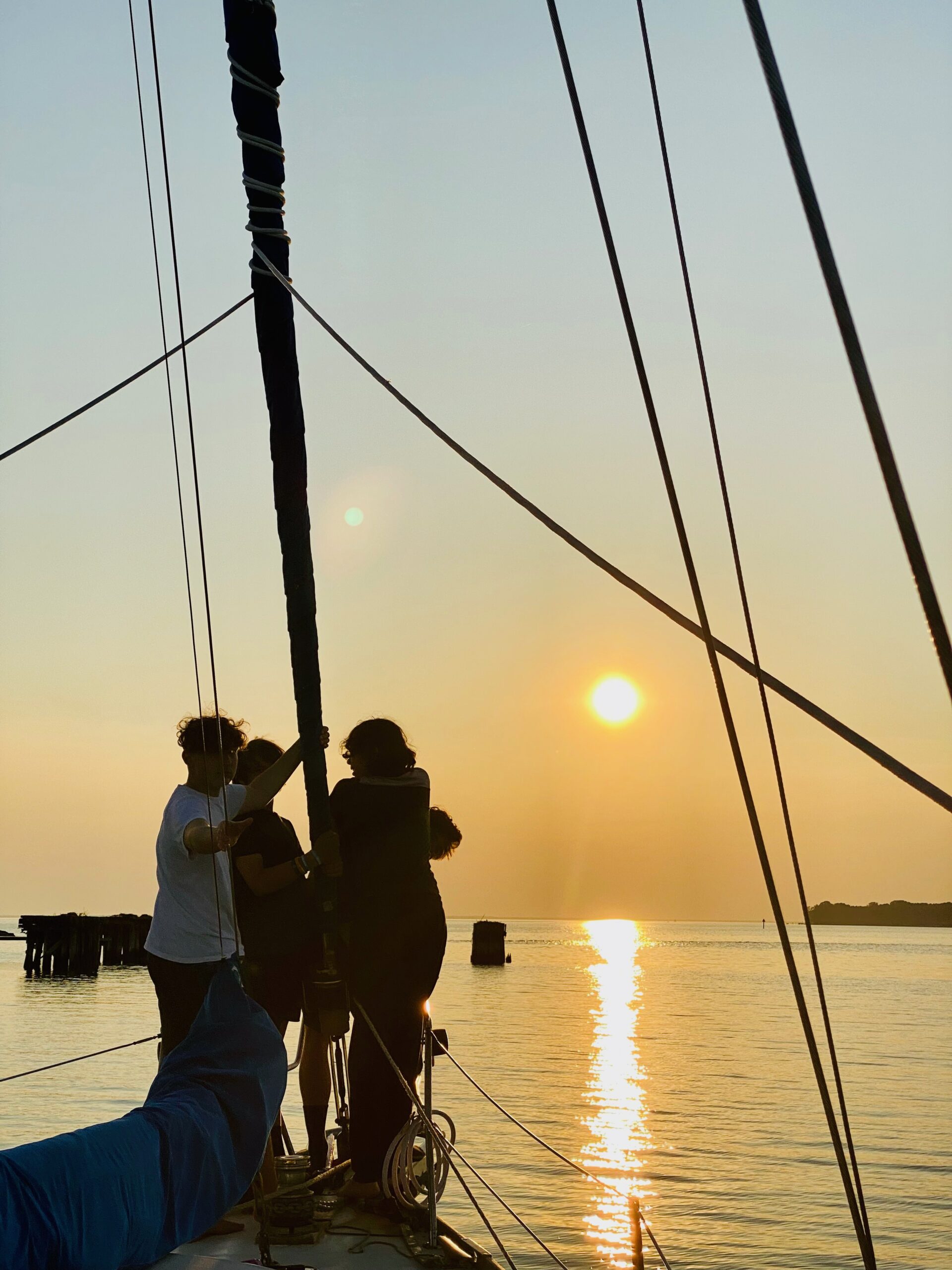

As the end of the school year approached, 8th graders went on their 8th-grade trip. They spent 7 days living and learning on a 46-foot sailboat in the Chesapeake Bay. They learned how to sail, how to maintain and care for a sailboat, and practical skills like navigation, knot tying, and how to use a sextant. They learned invaluable leadership and team-building skills on this adventure. Special stops included Shark Tooth Island, Saint Clements Island, and historic St. Mary's City. The 8th-grade trip is a tradition in Waldorf education that honors the years the students have spent together and marks their transitions into high school.
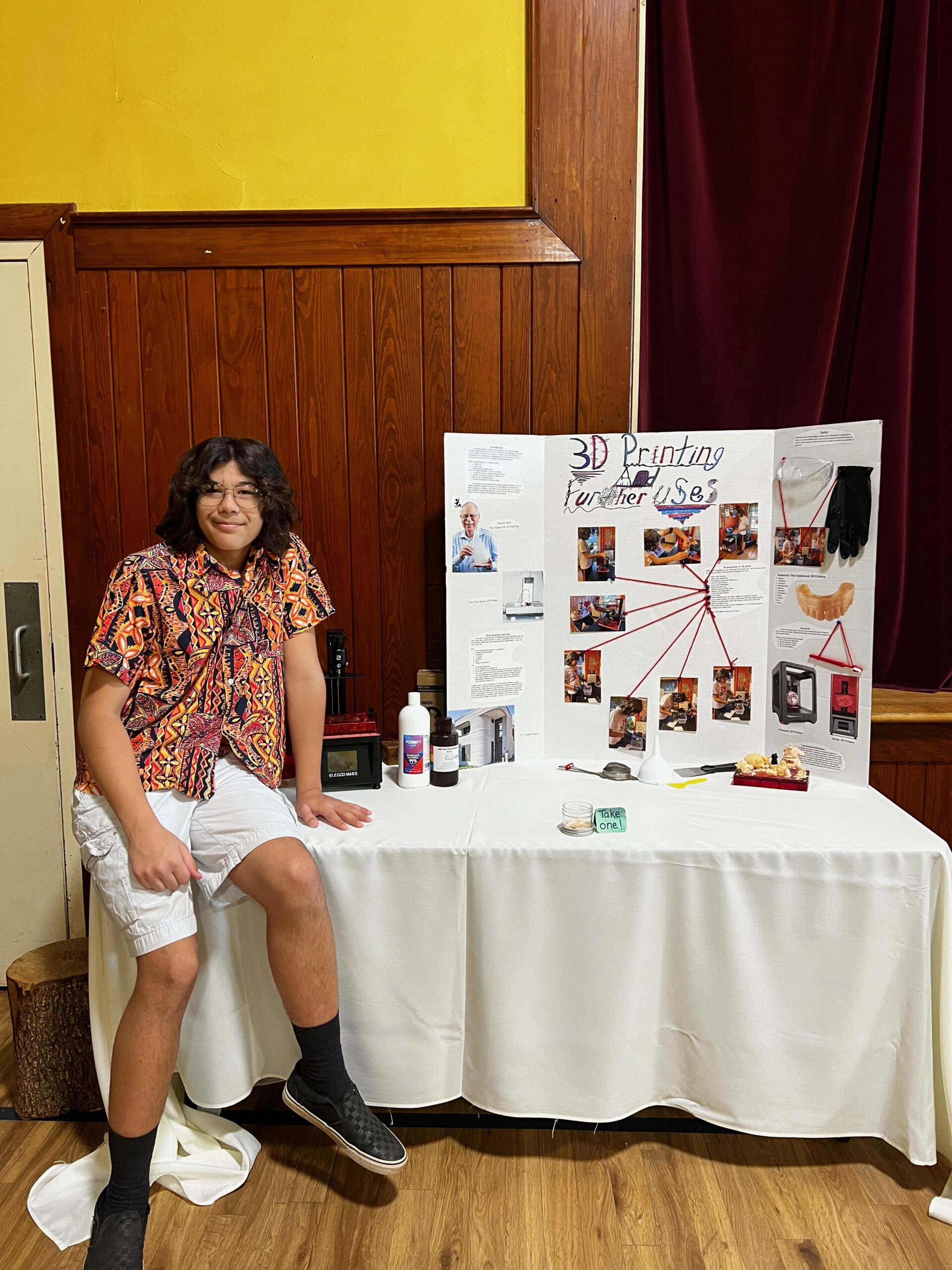

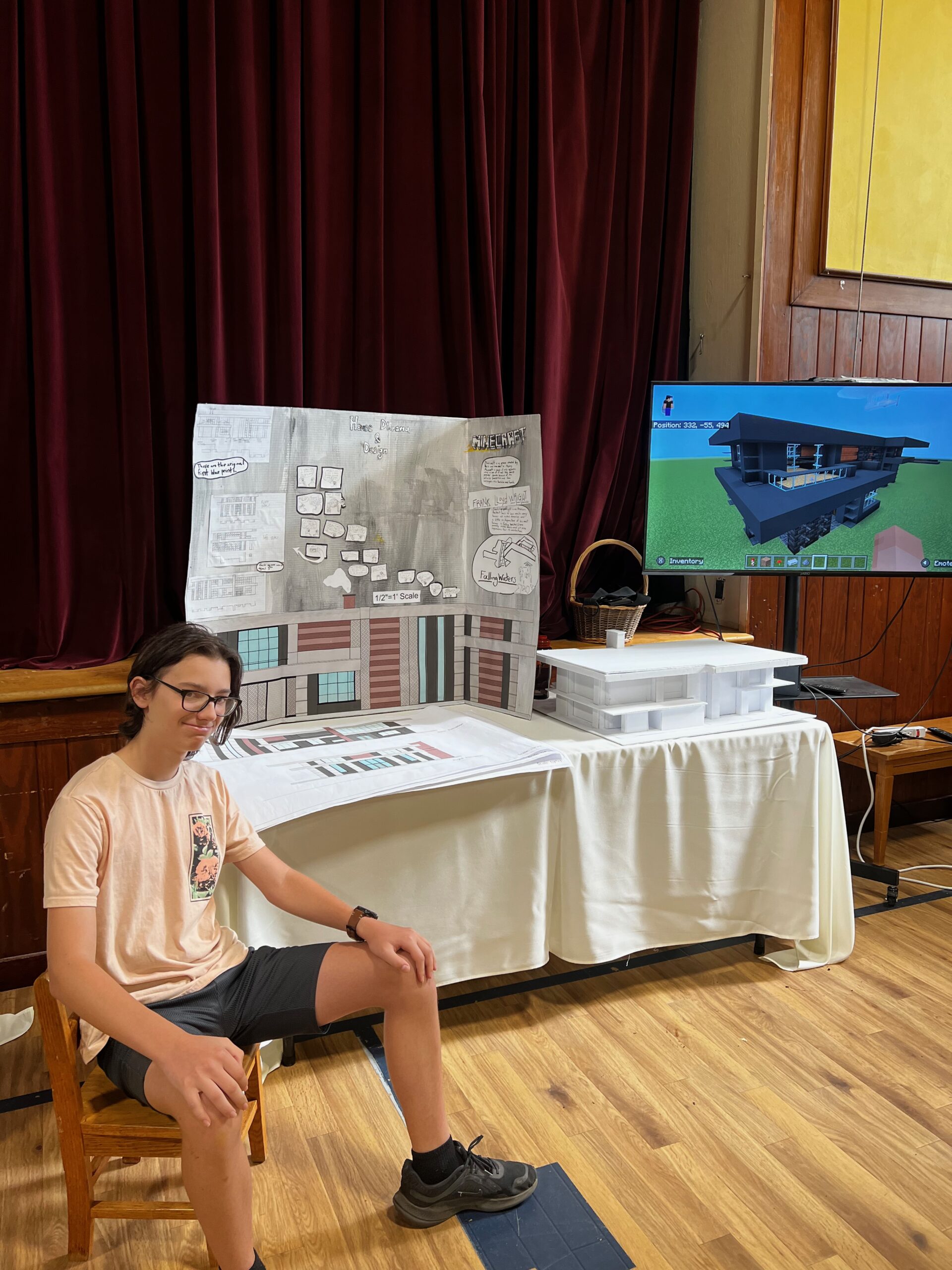

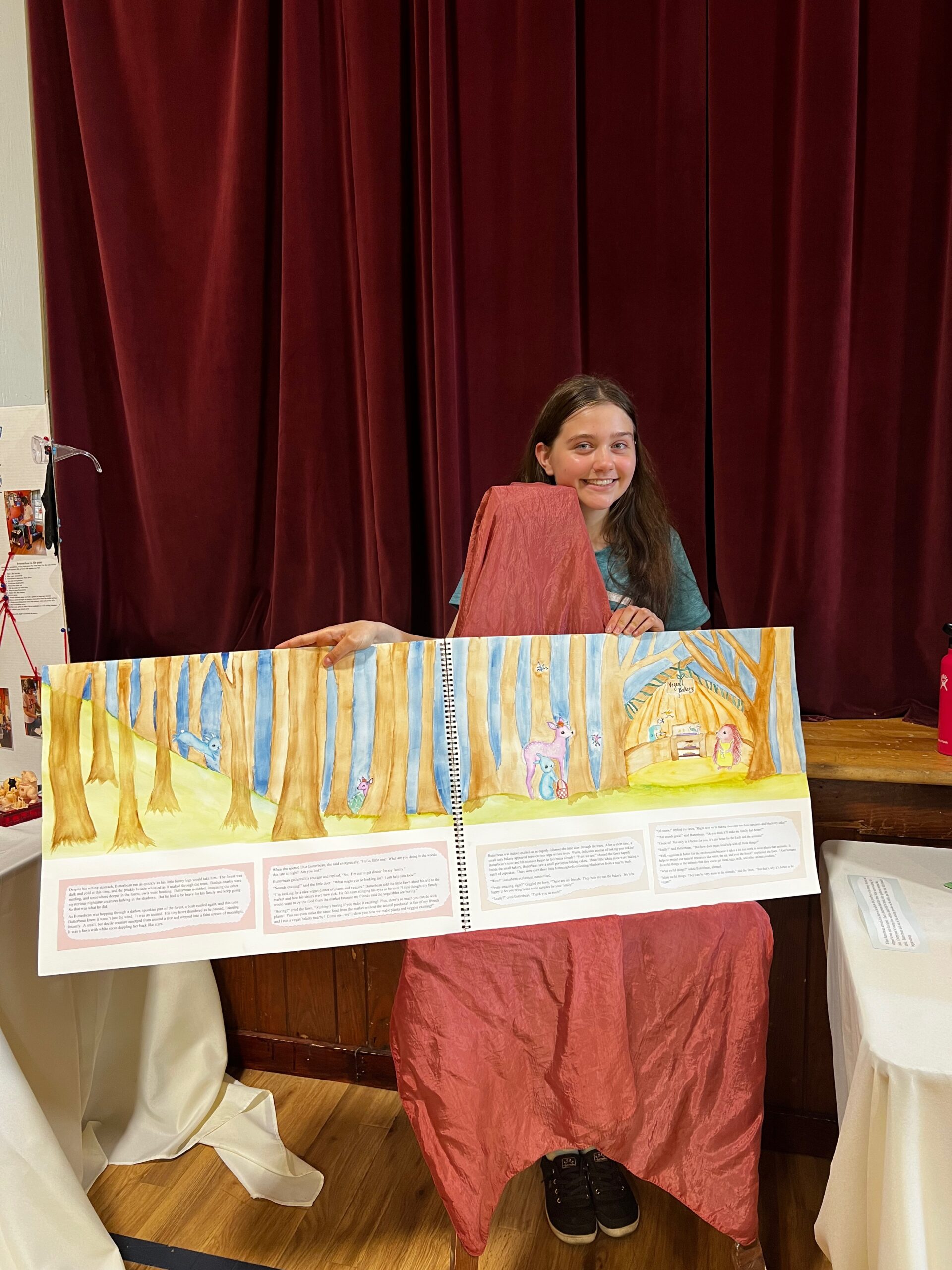

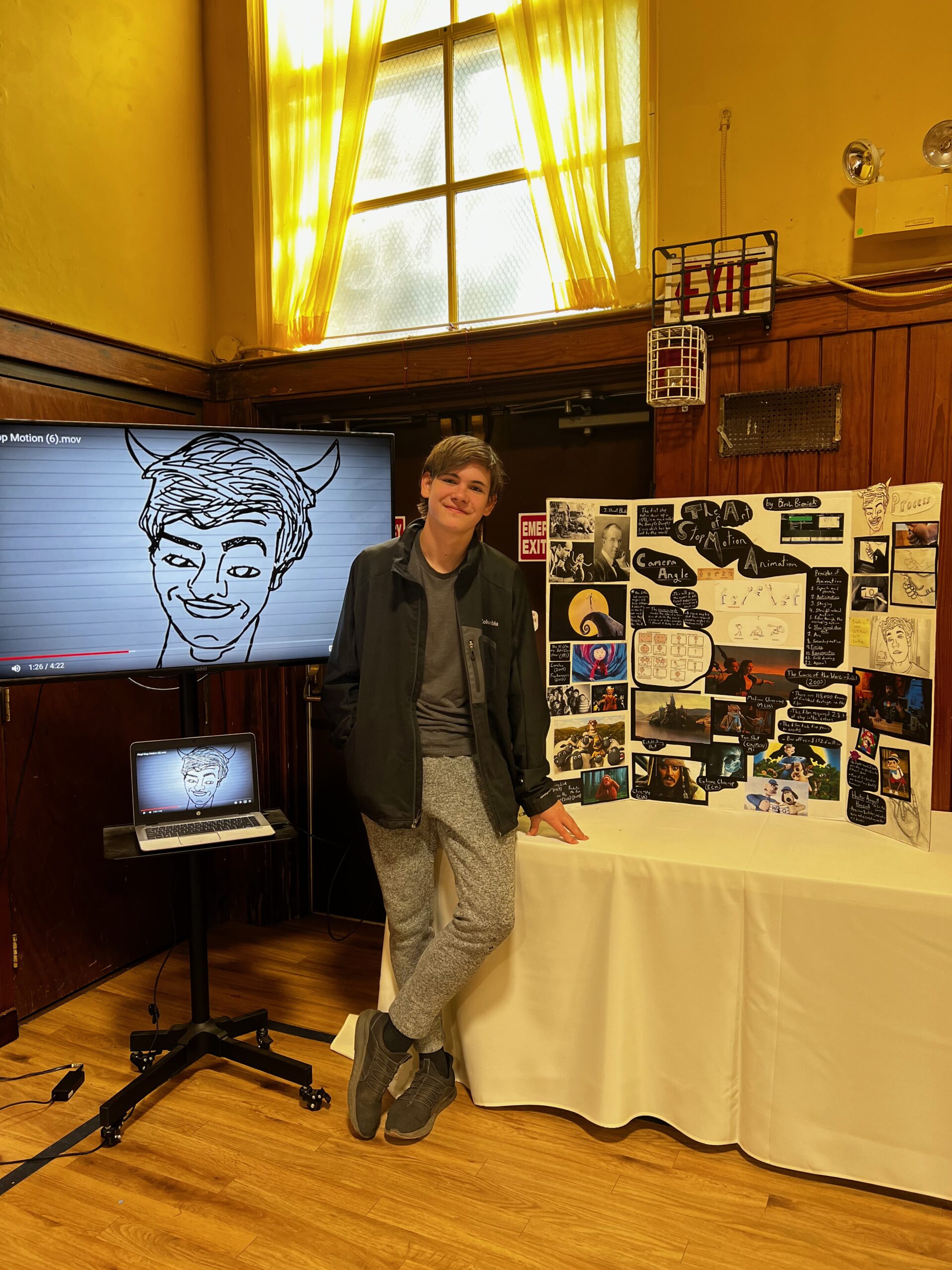

A vital part of the 8th-grade experience at Susquehanna Waldorf School is choosing, completing, and presenting an 8th-grade project. Each student chose something they're interested in that will teach them a new skill and they worked on it throughout the school year. The class of 2023 did such impressive work! Projects included 3D Printing, a house diorama and design based on a Frank Lloyd Wright design, a fully illustrated children's book on veganism, a stop-motion animated film, a handmade Pride quilt, another 3D printing, a handmade dress (as seen in the 7th & 8th-grade performance of Into the Woods Jr!), and an electric generating bike.
"This is why we support this school! These 8th graders come out with such a sense of who they are, who they are not, and how to start walking their path beyond the walls of the school. Every class that has graduated shows these qualities and I am brought to tears of joy every time! Well done class of 2023!"
- SWS Parent
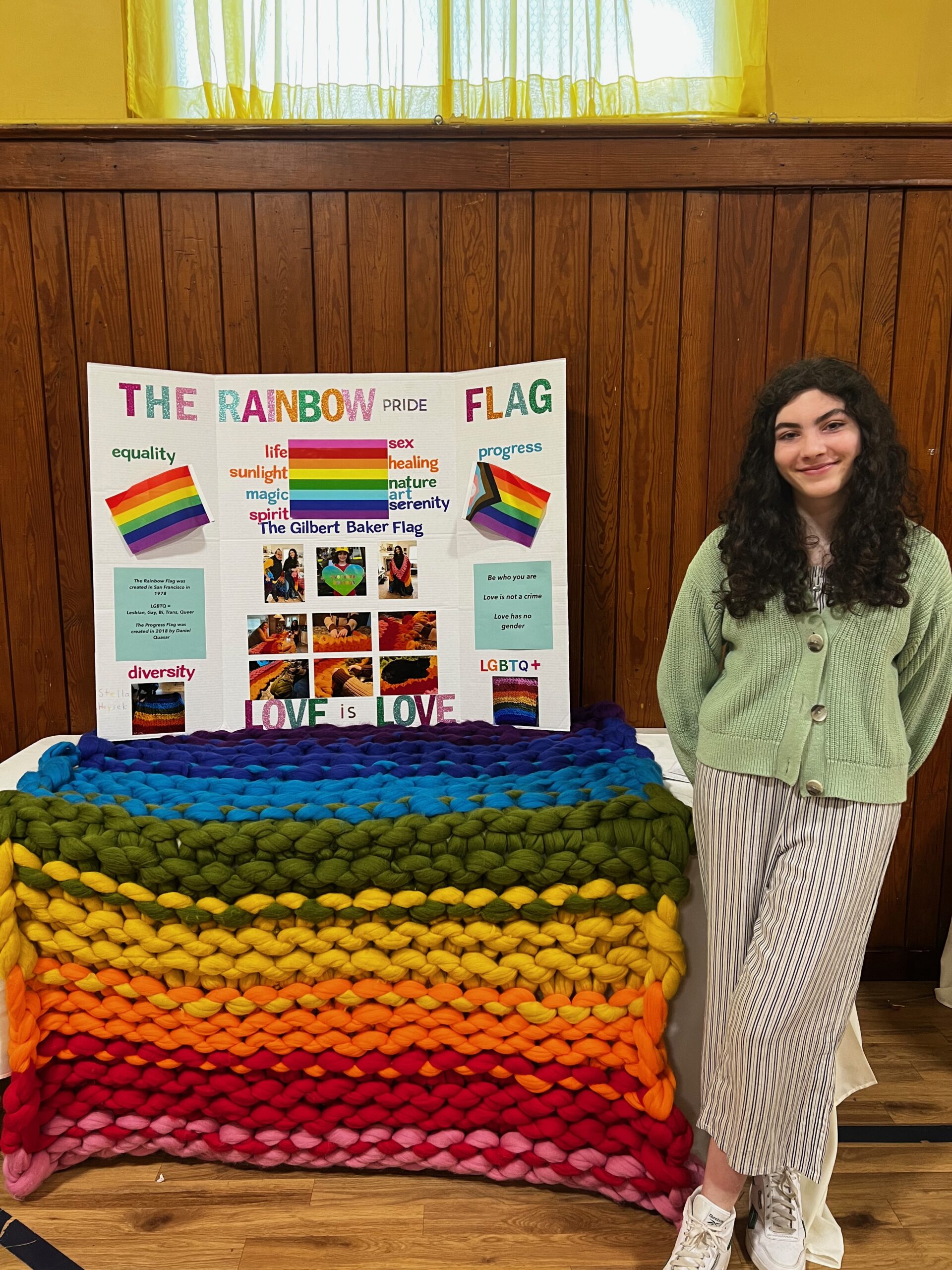

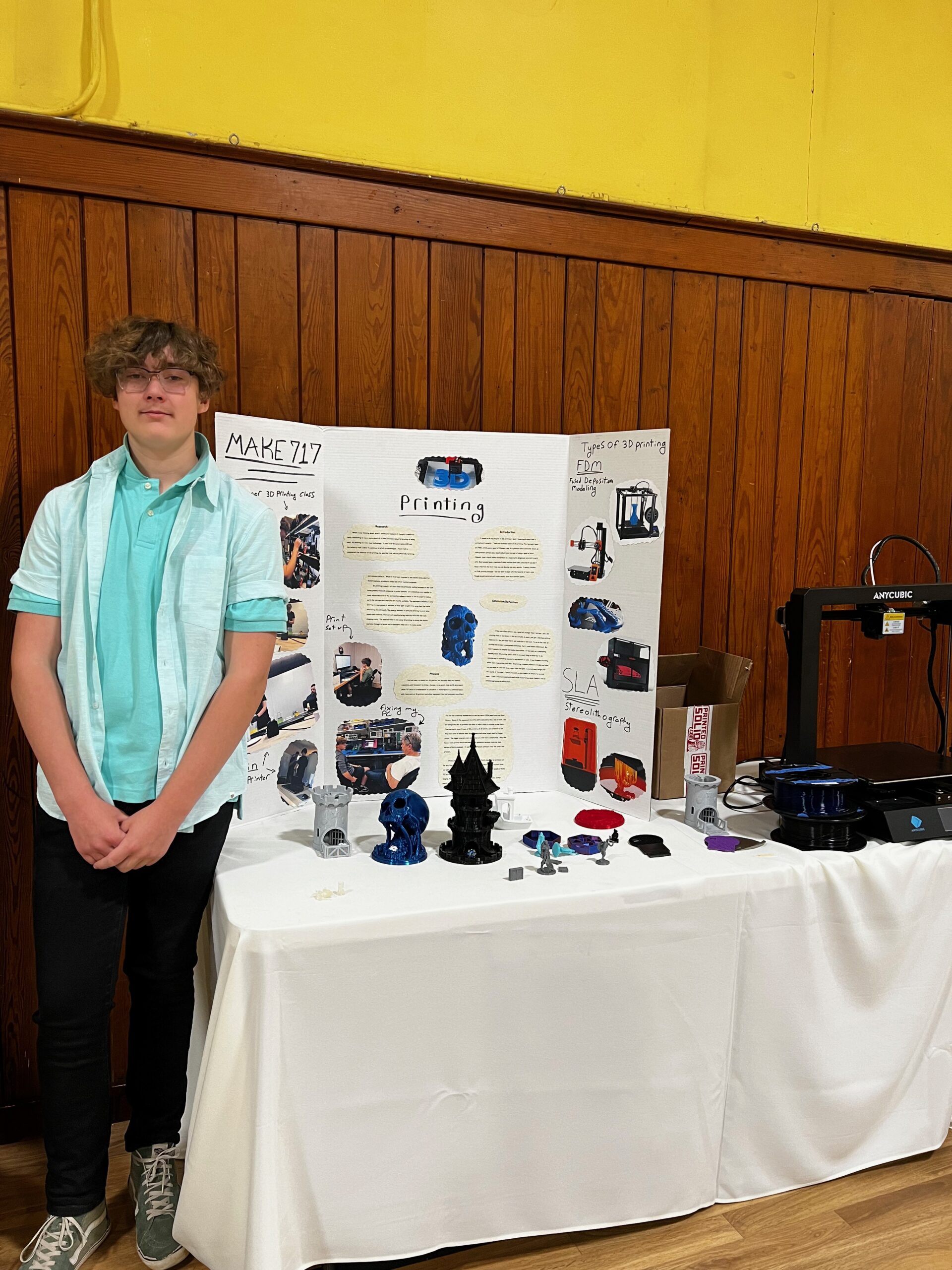

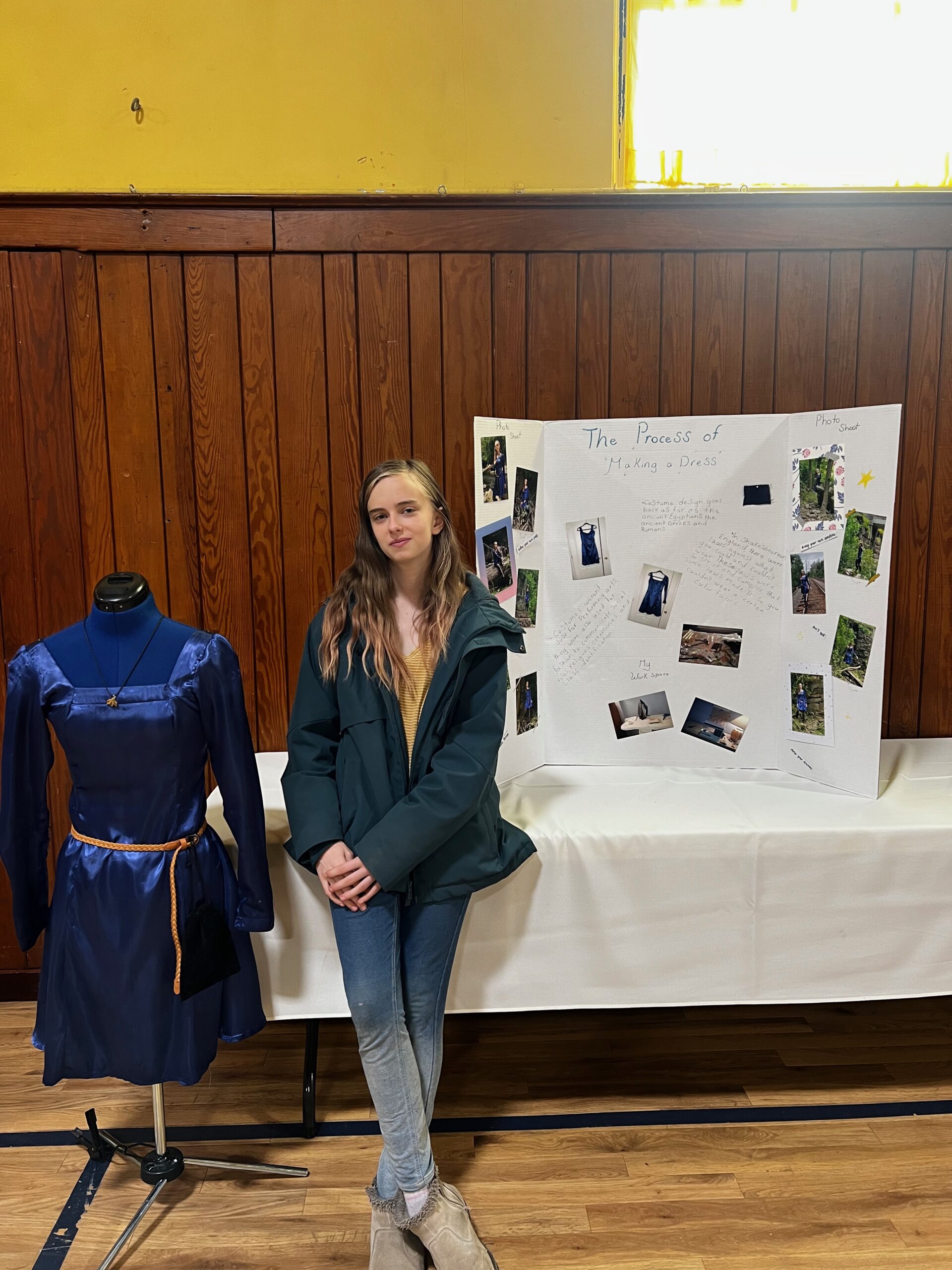

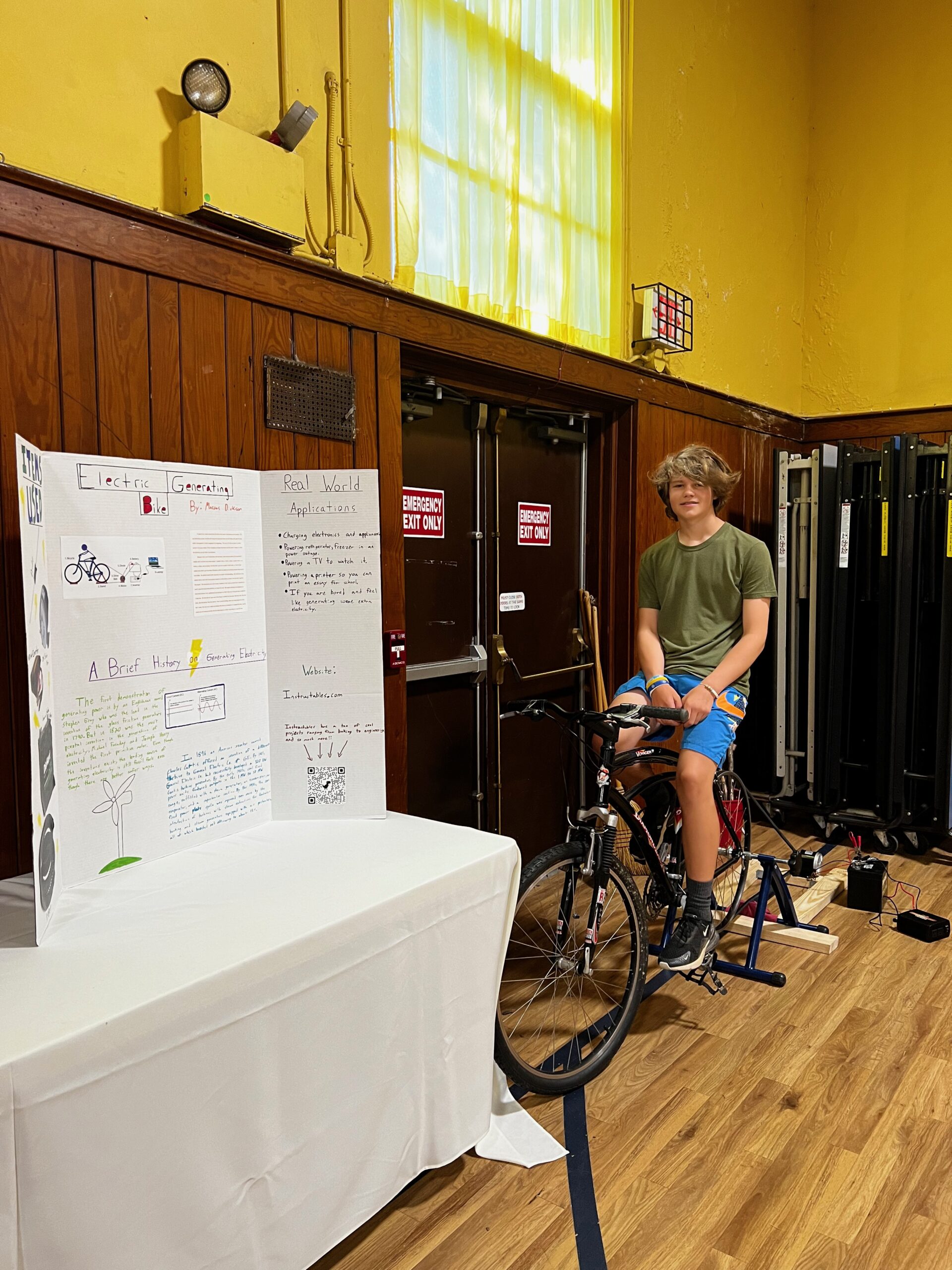

The whole school came together on the last day to send the 8th graders off at the End of Year Ceremony. 1st graders spoke about their favorite memories of their 8th-grade buddies and presented each one with a yellow rose. One could feel the special bond that was developed between the 8th-graders and their 1st-grade buddies this year. There wasn't a dry eye in the house when the whole audience of students, staff, and families sang a special Graduation Song. Their families and peers sent the 8th graders off with a standing ovation. It was a beautiful ceremony to honor this fun-loving and creative class.
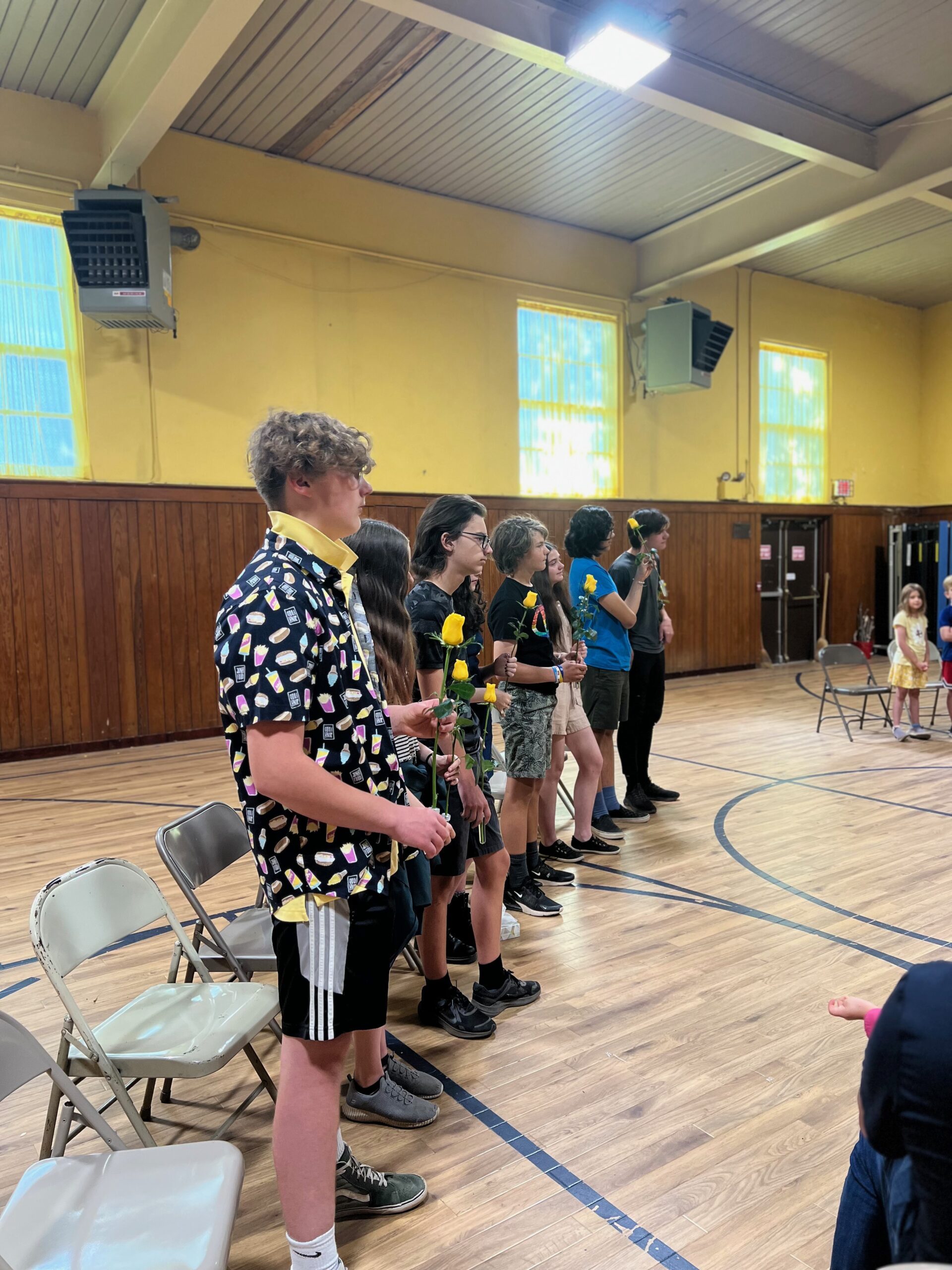

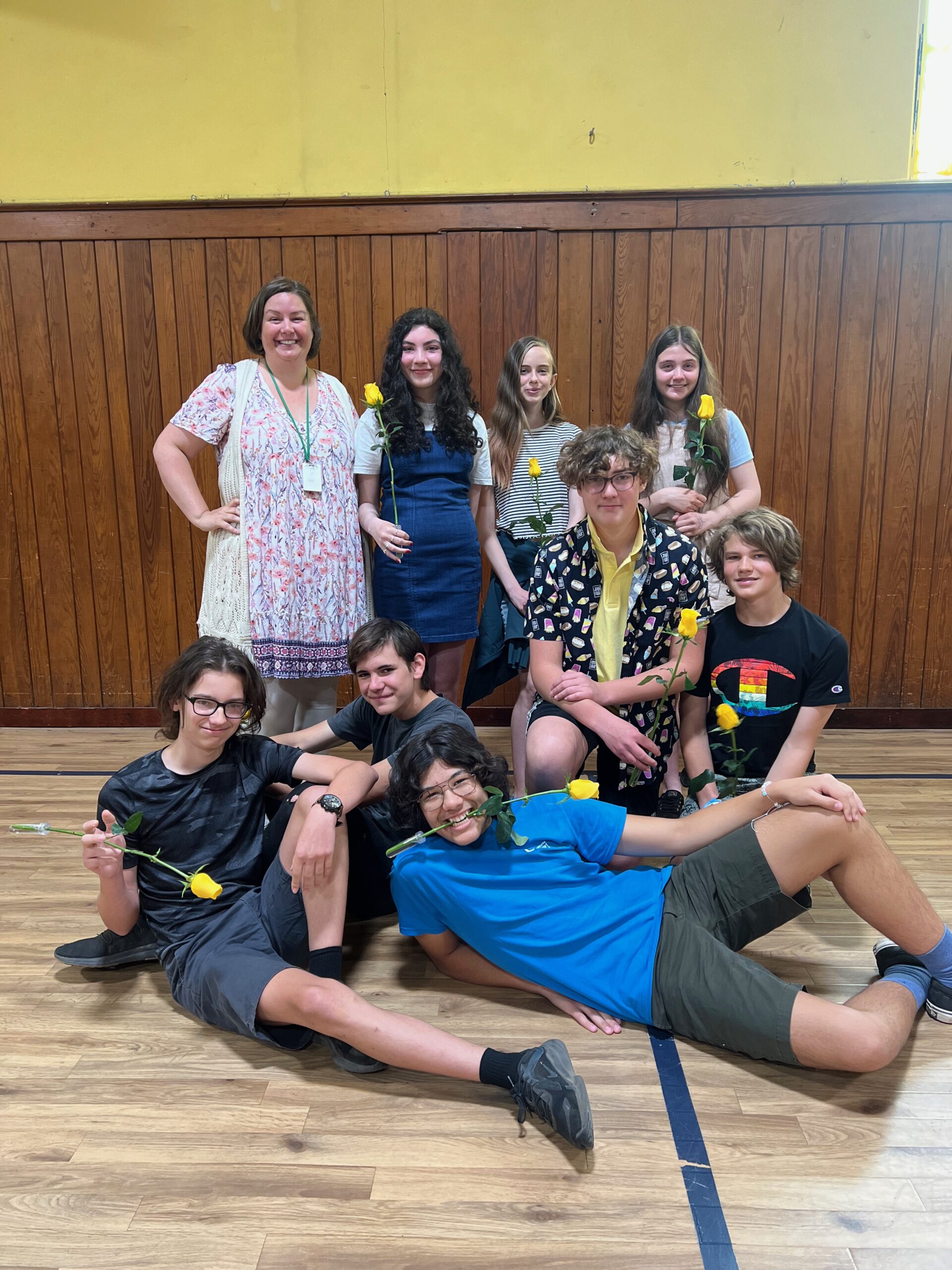

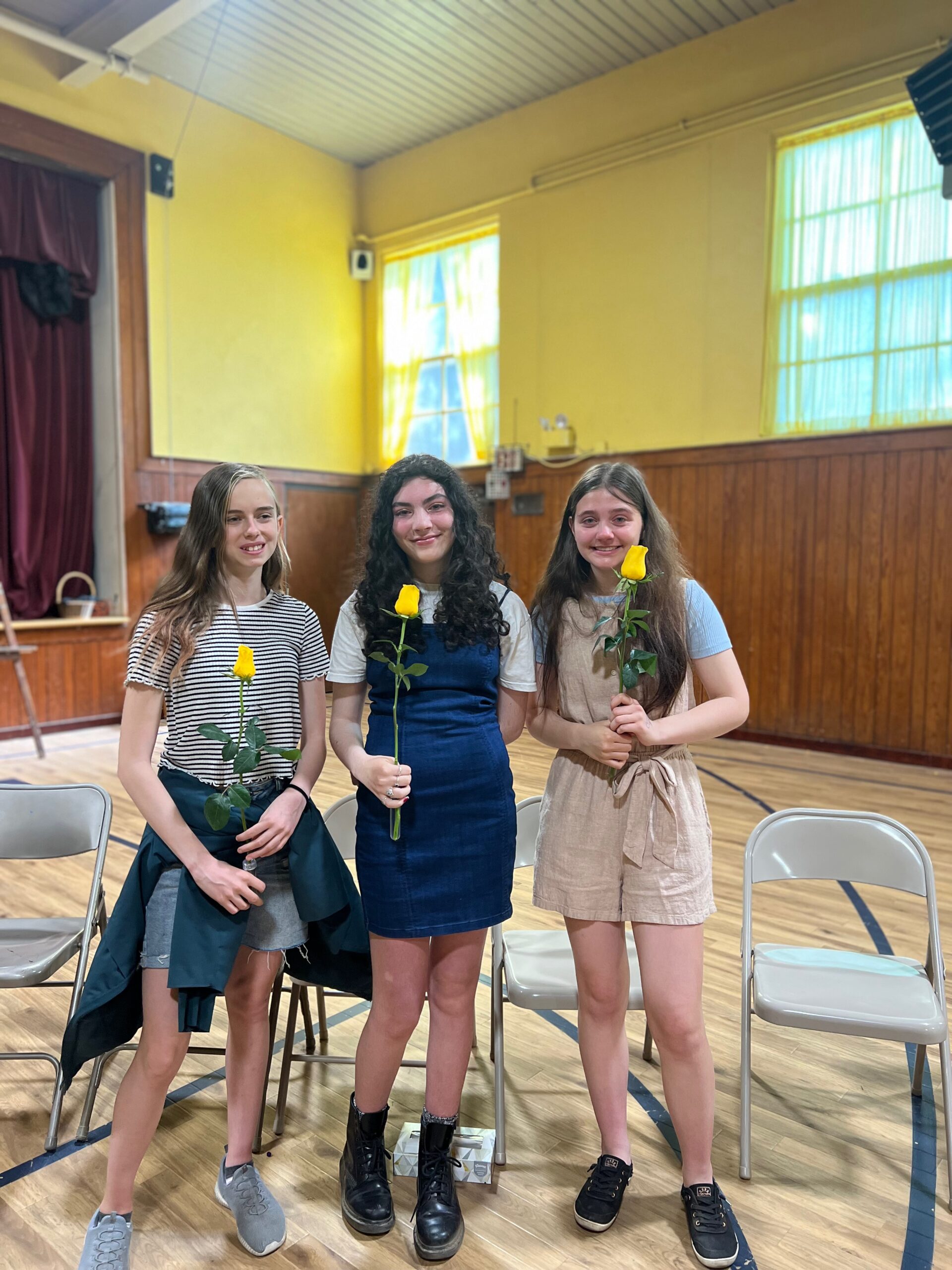

The final celebration came on Sunday, June 4th as the SWS community gathered at Melhorn Manor in Mount Joy, PA for the graduation of the SWS Class of 2023. The 7th-grade orchestra, led by Orchestra teacher Mr. Cameron, welcomed family and loved ones into the venue. 8th graders recited the poem The Hill We Climb by Amanda Gorman and they recognized all of the people who shaped their journeys at SWS: the teachers, the staff, their families, and loved ones. Mrs. Sweeney (who taught the class in the spring of 2020 and co-taught the class with Ms. Tucker in the 2020-21 school year) spoke of how the class made the best of a challenging experience: an online classroom in 2020 and a year-round outdoor classroom in 2020-21. SWS Music and Chorus Teacher, Mrs. Radanovic, led the 8th graders in a beautiful rendition of The Parting Glass. 8th grade teacher, Ms. Tucker, spoke to the joy of teaching this class and all of their unique individual qualities. She gifted each student a baby friendship plant, which was harvested from their class plant, and presented each student with their diploma. The Class of 2023 received their last standing ovation as SWS students as the 7th-grade orchestra closed the ceremony. Special thanks to all who made the graduation ceremony so special, especially the 8th-grade parents, Mrs. Radanovic, Mr. Cameron, 7th-grade parents, and, of course, Ms. Tucker!
Congratulations to the Class of 2023 and we wish them blessings on their journeys to Capital Area School for the Arts, Donegal High School, Lancaster Mennonite, York Suburban, and beyond!
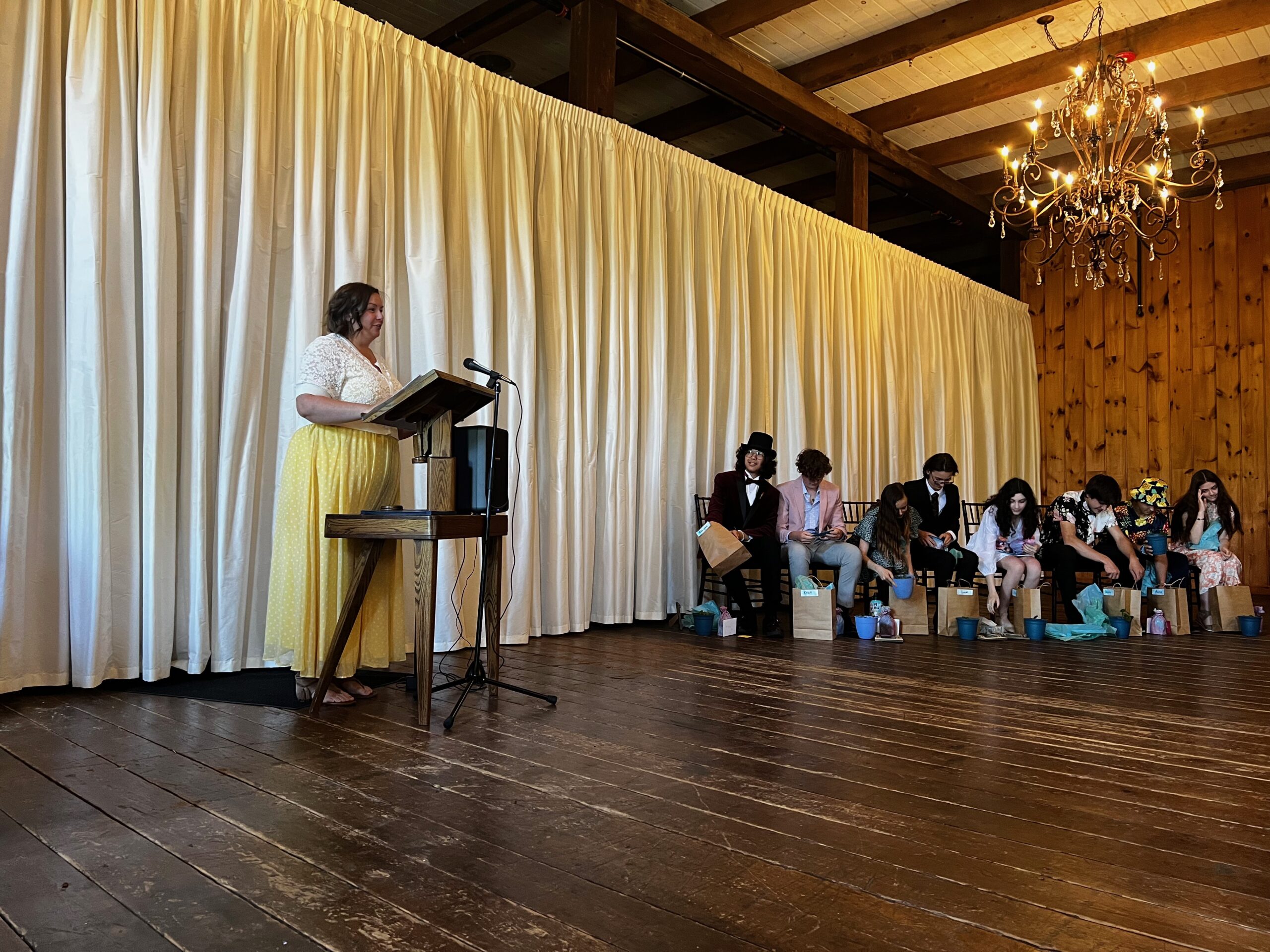

SWS Community Highlight: Education Support Teacher Krista Bieniek
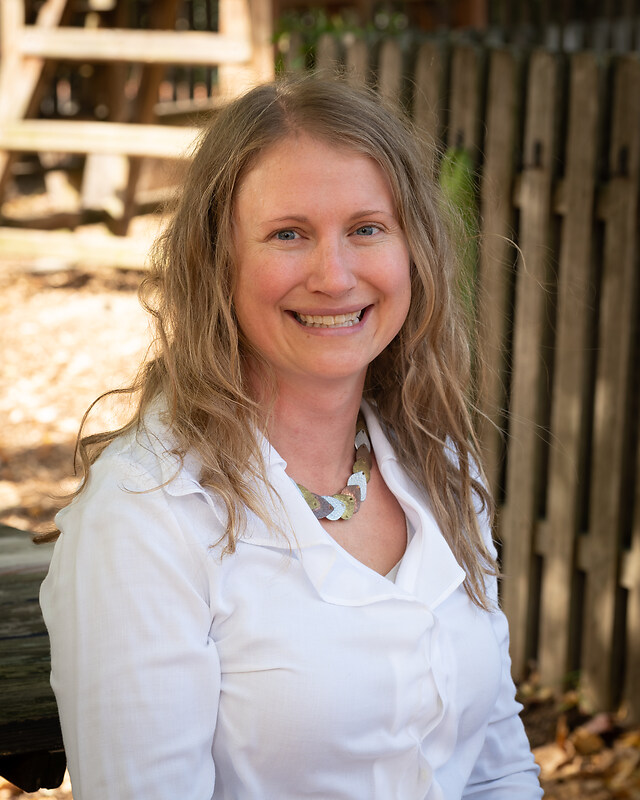

How long have you been a part of the SWS community?
I had to go back and count. 2016 is the year that I apprenticed with Ruth [former Education Support teacher], which was part of my Extra Lesson training. So that makes it 7 or 8 years. I started to learn more about this tradition of support that we have in Waldorf education. It’s quite different from what support might look like in another setting. My background is in child development, so I’ve worked a lot with neurodiversity, different learning styles, different learning needs, and then, to find a methodology of support in Waldorf Education was an exciting moment for me.
Tell us about your work as an Education Support Teacher.
I’ll tell you more about Extra Lesson, which is my favorite part of my work. The Extra Lesson is a tradition that we have in Waldorf schools. It was started by Audrey McAllen, who was a remedial support teacher and student of anthroposophy studying [Rudolf] Steiner. She had remarkable insights about human nature and how that relates to child development. She developed wonderful movement, drawing, and painting exercises to help children find their way into their bodies more fully. In my mainstream education in child development I learned about typical development but not what to do when development isn't typical. I learned about how it is when it’s perfect but it’s never perfect and that is what the extra lesson does. It addresses any underlying developmental movement, sensory, and motor integration challenges.
In practice this looks like lots of movement when I'm working with a student. We’re jumping rope, we’re throwing, we’re catching, we’re rolling, we’re crawling, we’re balancing. All sorts of movement that explores the space around us and our bodies. Walking backward. Which is quite challenging for the small child. Standing on one foot with your eyes closed. Which is also quite challenging for some children but this work opens up more layers of neurological development. All this while practicing within the Waldorf traditions which always prompts teachers to hold this wonderfully open space to ask “Who, truly, is this child? ”And “What is it that they have to show me?” That’s always in the backdrop of the Extra Lesson: these movements, drawings and painting exercises, and asking myself where the children are on their path in relation to these developmental milestones. And how can little nudges of support help them find their way?
Our goal is to support children to grow into fully free human beings. And what that means from my perspective as a support teacher is that one can take in sensory information, including academics, and not be unduly hindered. There’s still so much space for diversity and all of the individuality in this. But, as much as we can, we want to have underlying foundational development pieces in place. That is the goal. The first-grade assessment is a really good example of this. It's a huge moment in development when we say that we’re not going to introduce any higher-level learning until we know that the child can meet certain developmental milestones. One is left-right brain integration. We know that students do better academically if that stage of development is fully complete.
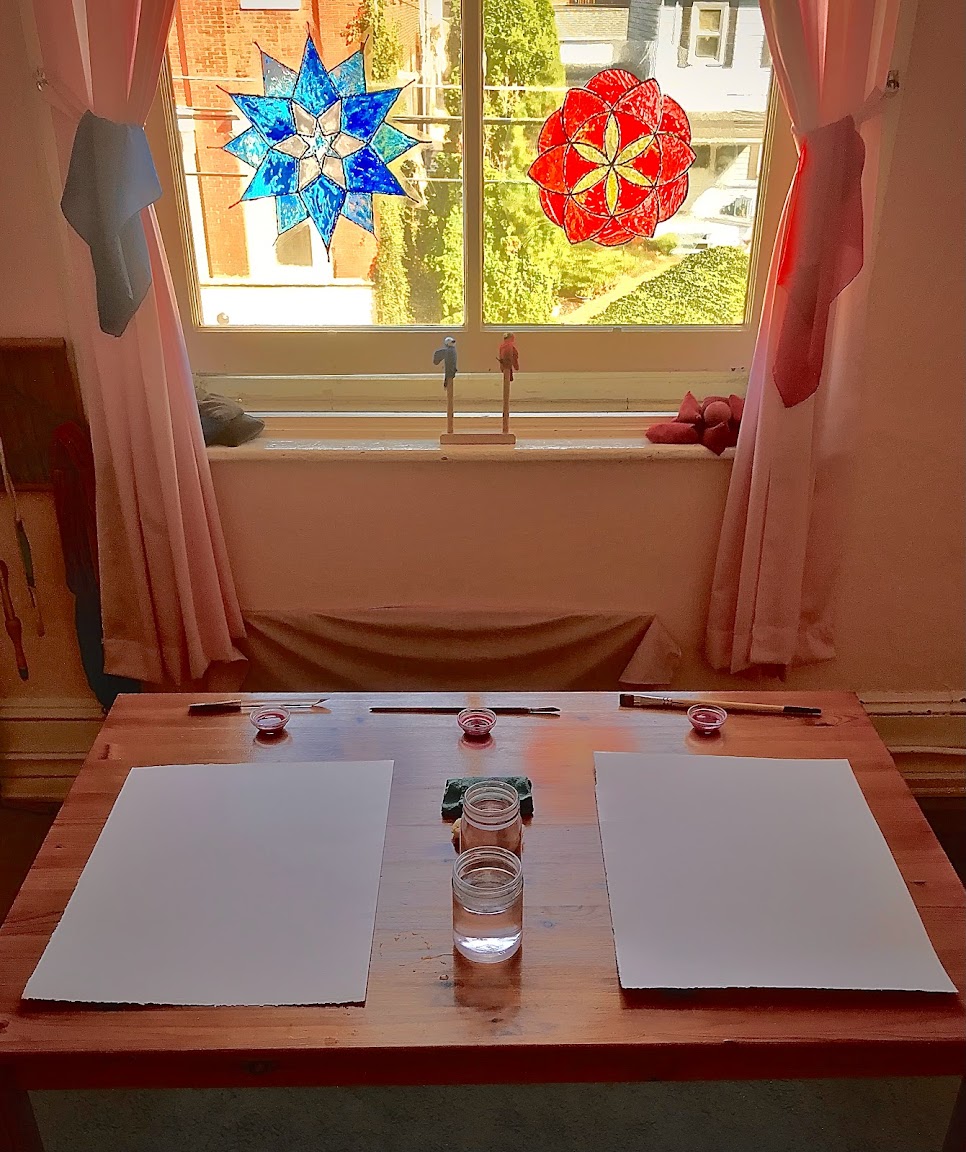

What led you to Waldorf Education?
Learning about the first-grade readiness assessment was my first moment of “Wow, what is happening here? What is it that they’re doing?” Because of, as I shared already, all of the work I had done in child development. This is the answer to “What do we then do? How do we help support whole human beings?"
Also learning about Child Study. That is something really unique to what we do [in Waldorf education]. Taking a moment to have the whole faculty lovingly, as unbiased as possible, observe another human being. I mean that blows my mind. Who else does that? It’s not “What are they doing wrong?” or “Why are they not able to pay attention?” We ask ourselves: “Who are these children before us?” “What are the unique gifts they are bringing into the world?” “What do we, as teachers, need to learn from them?” That is astounding.
There's Care Group as well. Which is another unique part of many Waldorf Schools. Care Group at SWS is a group of teachers who voluntarily meet each week as a committee to holistically hold the child from this open perspective that I’ve been describing. Taking time to observe and to offer recommendations to teachers and offer student support where needed and recommendations for outside support where needed. The amount of time and energy that is spent on each child, I have not found that level of care and dedication anywhere else.
What sets SWS and Waldorf education apart?
I think what first comes to mind is breathing. That is the core of my work. From a very practical sense, to ask the question, “Is this child able to breathe in, to take things in? And are they able to relax and to breathe out?” And so many people, children, and adults, cannot. They are in this sympathetic, flight, or fight mode of stress. We first make sure that you are well and can take in information, to take in learning. That is one thing that Waldorf education does beautifully. It’s at the heart of everything. To hold that as the first question. “Are you happy? Are you whole? Are you well? Are you breathing?” To see then, after receiving an education here, how alums can go out into the world and fully meet it with all its present challenges. They have so many resources and faculties at their disposal. They are what inspire my work too.
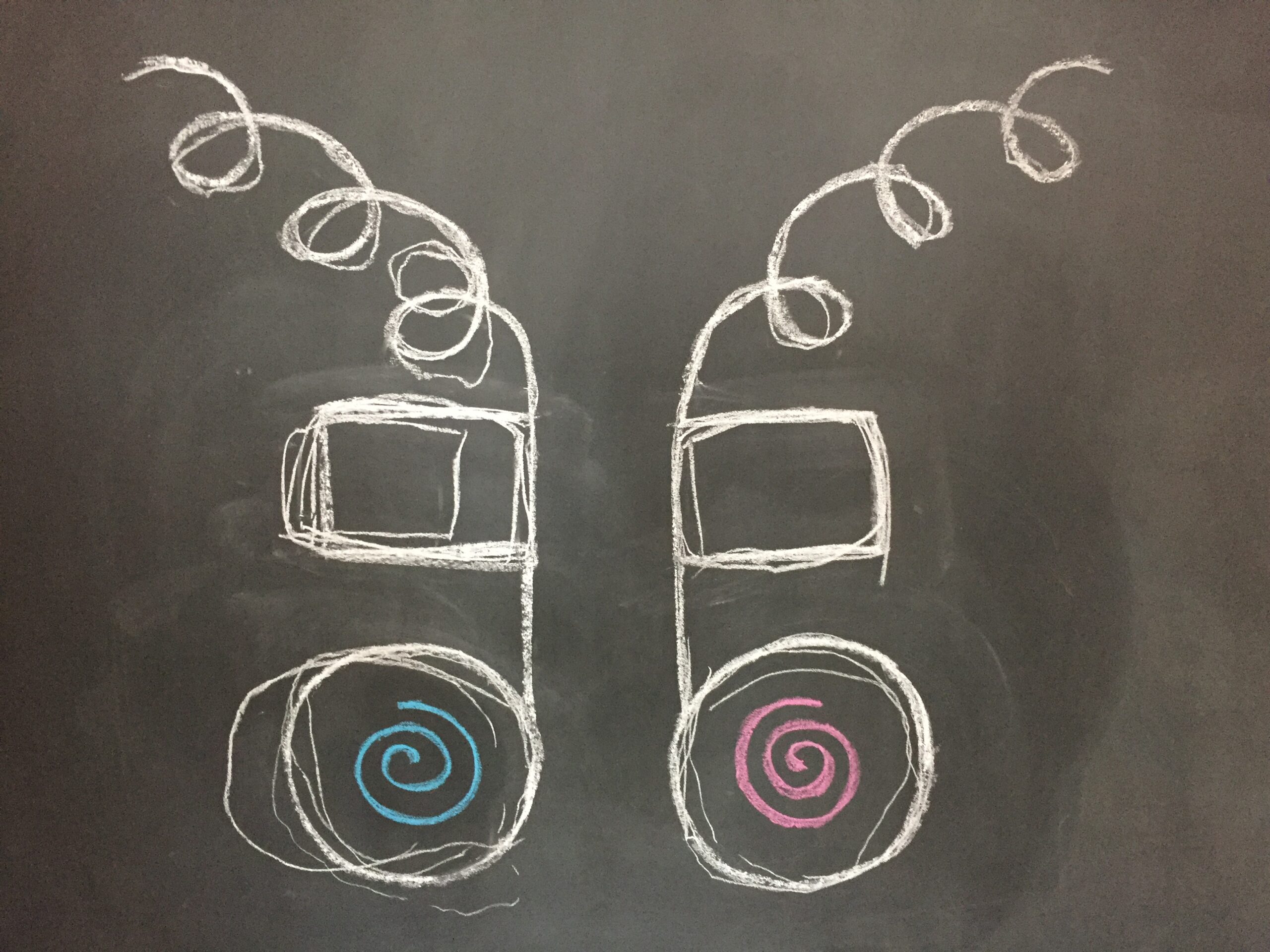

How has working in Waldorf education impacted you as a person?
I’m so lucky to be here. I have found the way that we work at SWS to be tremendously impactful. There is so much space given for self-development. The whole “life-long learner” motto is also fully held by teachers and we are supported on our own paths in so many ways. We study together, there's professional development. Even how we hold our relationships with each other, conflict resolution, all of these things. I have found that tremendously impactful to work in a community where there is so much striving and room to always learn and grow as an individual.
My study and practice of Extra Lesson has also made a deep impression on me personally. I had very mild dyslexia as a child and young adult. I don’t want to say it’s completely gone because I want to be really fair that obviously, everyone is different and will be impacted in different ways, but Extra Lesson has helped me to a tremendous degree. I never struggled with behavior or academics in school but I never had a full comfortability in my body. I never realized that I was working extra hard with spatial orientation, which translates into one's processing of language and numbers. I had always a brief moment of pause, hesitation and ultimately lack of confidence and ease until I was able to learn and work more fully with developmental movement processes. This experience helps inform my work a great deal because it helps me understand, to a degree, the experiences and challenges many children are having at present.
What's your favorite thing to do when you're not at SWS?
I’m biking if I’m not here. If I’m not doing that, I’m probably digging in my garden. Planting all sorts of things. If I’m not doing that, I’m probably reading, doing yoga, studying, and relaxing. All those good things. Camping, hiking. There are all sorts of fun things that I’m so looking forward to doing this summer.
What’s your favorite thing about the SWS community?
The festivals. I find the rhythmic nature of them supportive. Just the same thing every year. Knowing that it’s coming. Predictably is so supportive for anxious children and good for adults too. At the same time it’s also the ability to create anew in community together each year. It’s always different. It’s magic for me when all sorts of people get together each year to decide, “What are we going to bake together? What are we going to craft together?”
The World Teachers' Conference in Dornach, Switzerland
Written by Rising First Grade Teacher, Kerry Clements.
"The true teachers and educators are not those who have learned pedagogy as the science of dealing with children, but those in whom pedagogy has awakened through understanding the human being."
-Rudolf Steiner
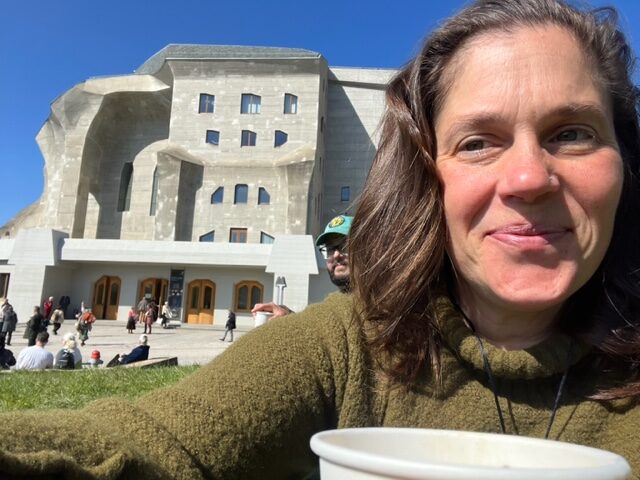

On April 18th I boarded a plane to Dornach, Switzerland for the World Teachers' Conference at the Goetheanum. This majestic building was designed by Rudolf Steiner, inspired by the form of the human being and carefully engineered to compliment the beauty of the land on which it sits. It is a school of spiritual science, an international center of music, theater, conferences, and the seat of the General Anthroposophical Society. Built mostly of concrete, the structure is an engineering marvel.


The World Teachers' Conference hosted over 1,000 teachers from 61 countries with over 40 different languages represented. It is hard to describe the awesomeness of this experience as I entered the main hall of the Goetheanum. Here I was, in the midst of a sea of teachers, including my dear friend and colleague, Mandela Davis. One thousand souls who had come together, from all over the world for the same purpose, to collaborate and grow in our knowledge and understanding of the Waldorf Education movement and how it meets the children of our time and future generations.


The 2023 conference was titled “Affirming – Nurturing – Trusting, an Education for Today and Tomorrow”. Throughout the 5 day conference, I had the opportunity to hear from some of the most creative and intuitive leaders in the Waldorf movement. Discussions ranged from early childhood development and incarnation, the impacts of digitization on the growing child, sensory development and integration, emergency pedagogy, and the urgent initiatives of Diversity, Equity, and Inclusion. Each moment was filled with insightful and inspiring discussions, artistic activities, and personal and spiritual growth opportunities.
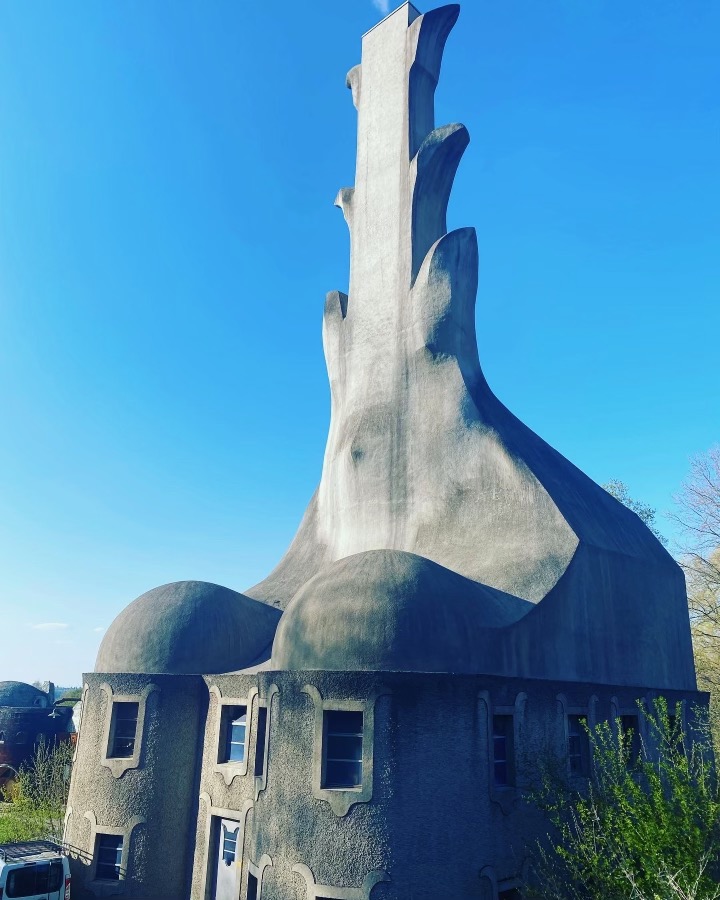

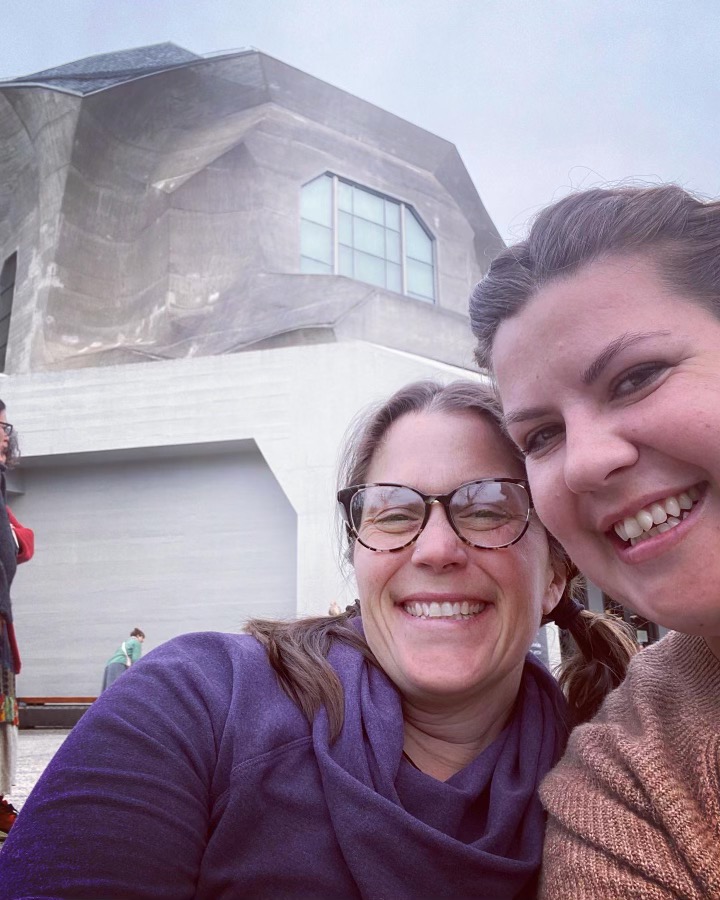

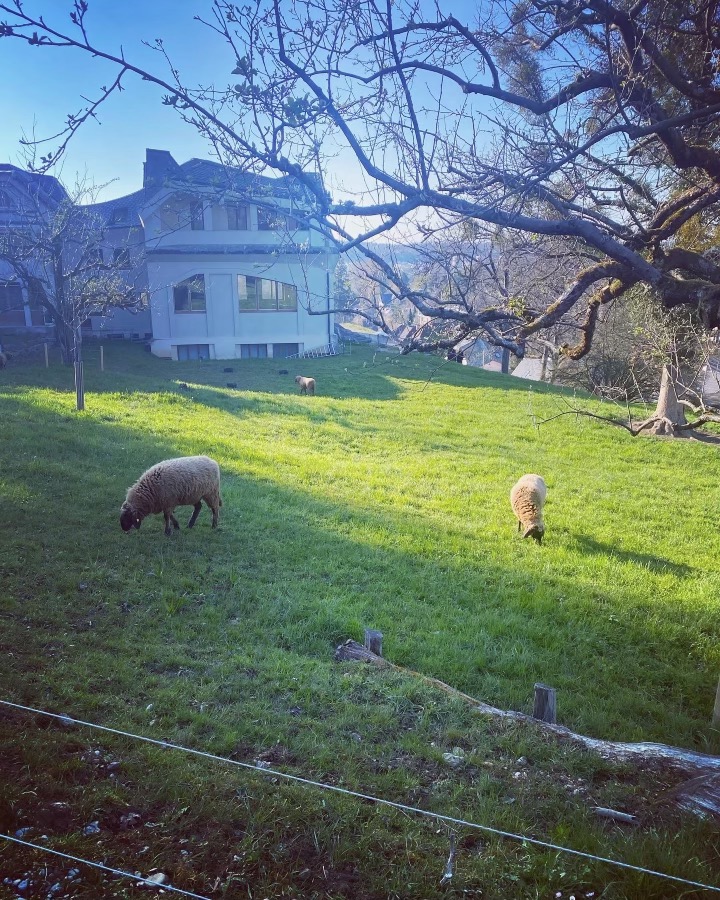

I am so very grateful to have had the opportunity to represent the Susquehanna Waldorf School at this international assembly of Waldorf teachers. I made so many connections with many different people, from the United States and all over the world, that I am sure will continue to ripple into our school for years to come. Thank you to everyone who supported me in this endeavor and to Mandela for sharing this adventure with me.
2022-23 Annual Report
Written by SWS Board of Trustees President, Dave Knapp.
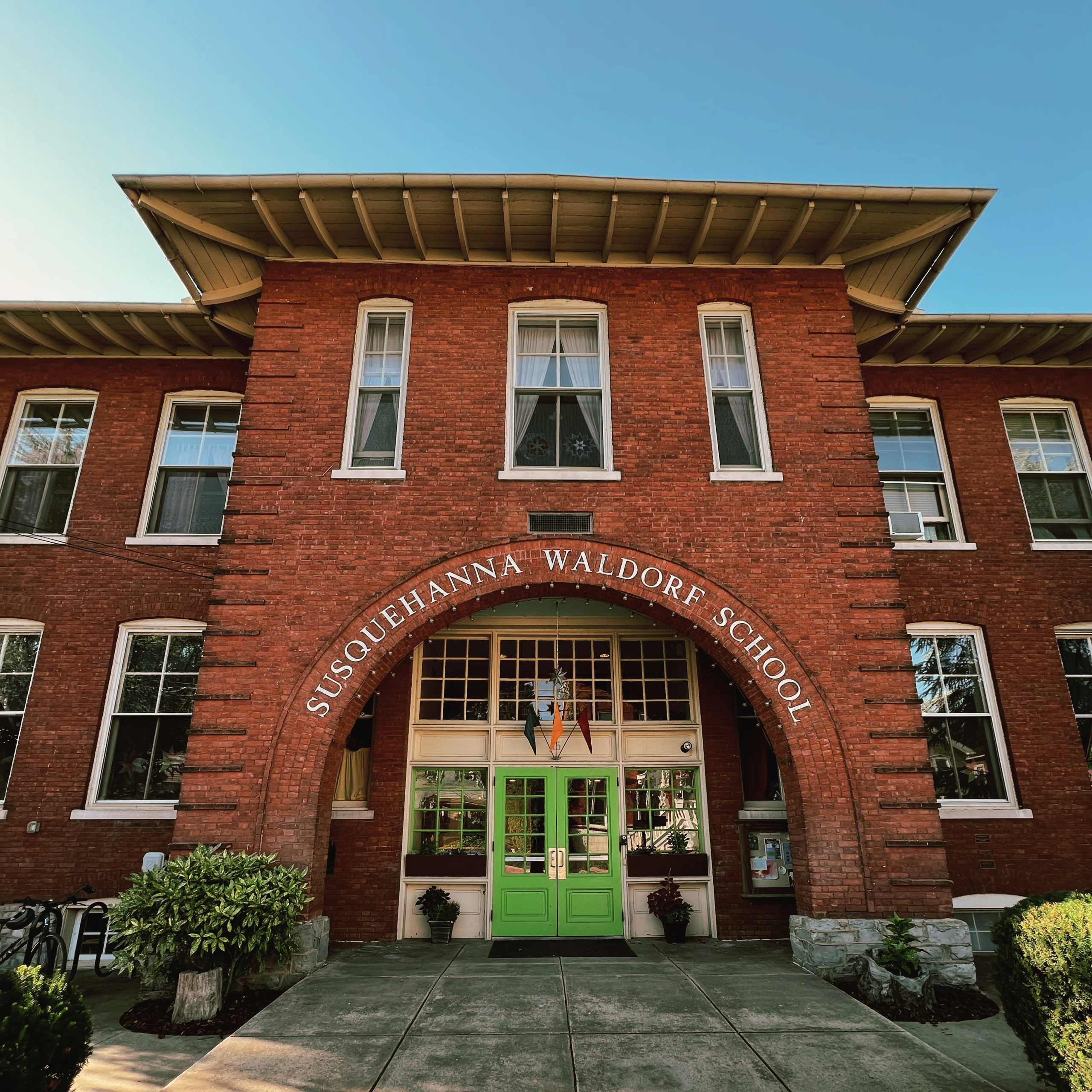

This has certainly been an exciting year! 2022 began with just four Board members (all from the faculty and staff) and today we stand at eleven members. I have worked with many boards and this is the most diversely talented and ambitious group I have had the privilege to work with.
The Board of Trustees, with the assistance of our entire community, has created a three-year Strategic Plan. This plan is our road map for success. Accompanying this plan is a one-year focus. Both plans are on our website for your perusal.
Our focus this past year has been on recovering from the enrollment losses during the pandemic (we lost 56 students in that first year). Much discussion has gone into our organizational structure and governance model and their associated staffing requirements. Our primary focus is on ENROLLMENT. We have set an enrollment target for next year that will be the next step on the path to financial abundance. As we welcome this new abundance, we expect to add a staff member in Development as well as Pedagogical support.
Our Faculty remains exceptional and, as always, we look for ways to support them spiritually and financially. We were able to provide 401K benefits to our faculty and staff for the first time this year, which is truly a cause for celebration.
Our Parent Guild has re-organized following our pandemic separation years. This is another cause for celebration. This is a remarkable group of people who have revitalized many of our fundraisers. We are actively looking at a Parent Guild model that is less work and more play. We will provide more opportunities for this group to celebrate in the coming year.
Much has been done and much remains to be done. We feel optimistic about our future and look forward to continuing to serve this beautiful community.
With sincere thanks from the entire Board of Trustees,
Dave Knapp
Click here to view the SWS 2022-23 Annual Report.
Flower Crowns and Maypole Dances: May Day 2023
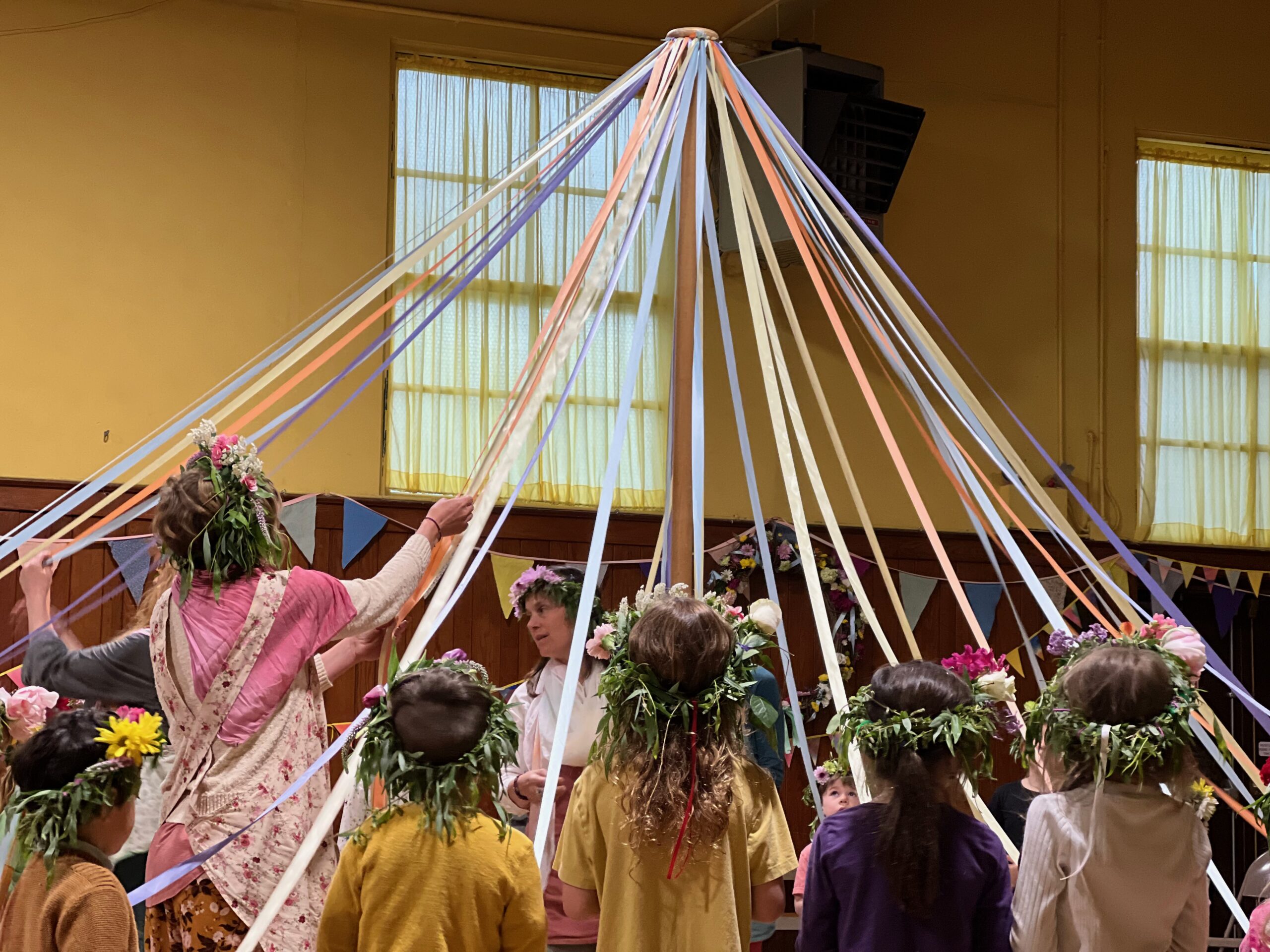

Friday, April 28th marked the celebration of our annual May Day Festival! The morning began with SWS students excitedly entering our school with flowers in their arms. "Happy May Day!" was heard throughout the hallways. May Day is one of the most highly anticipated festivals of the year and one could feel the joy permeating the air.
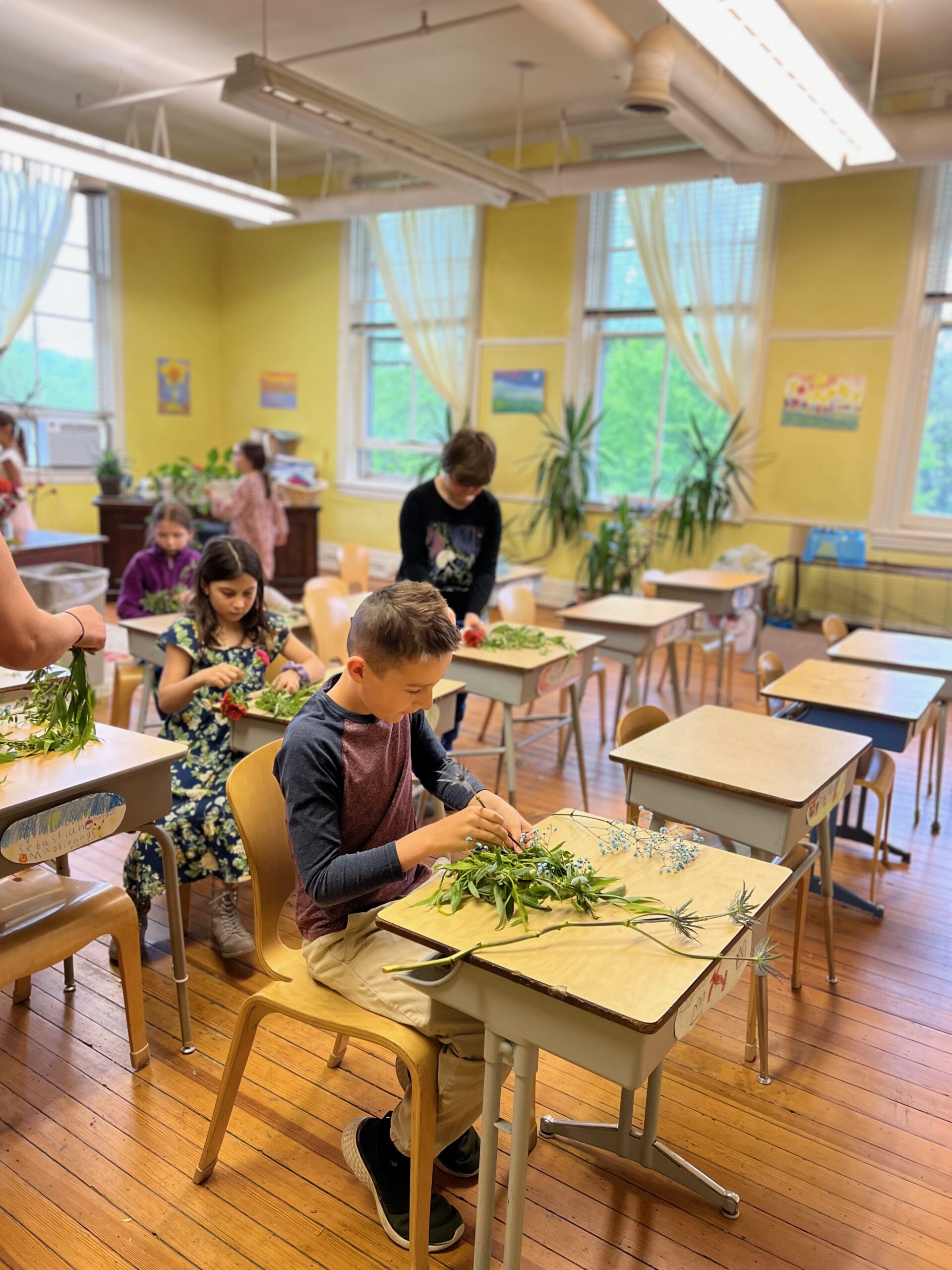

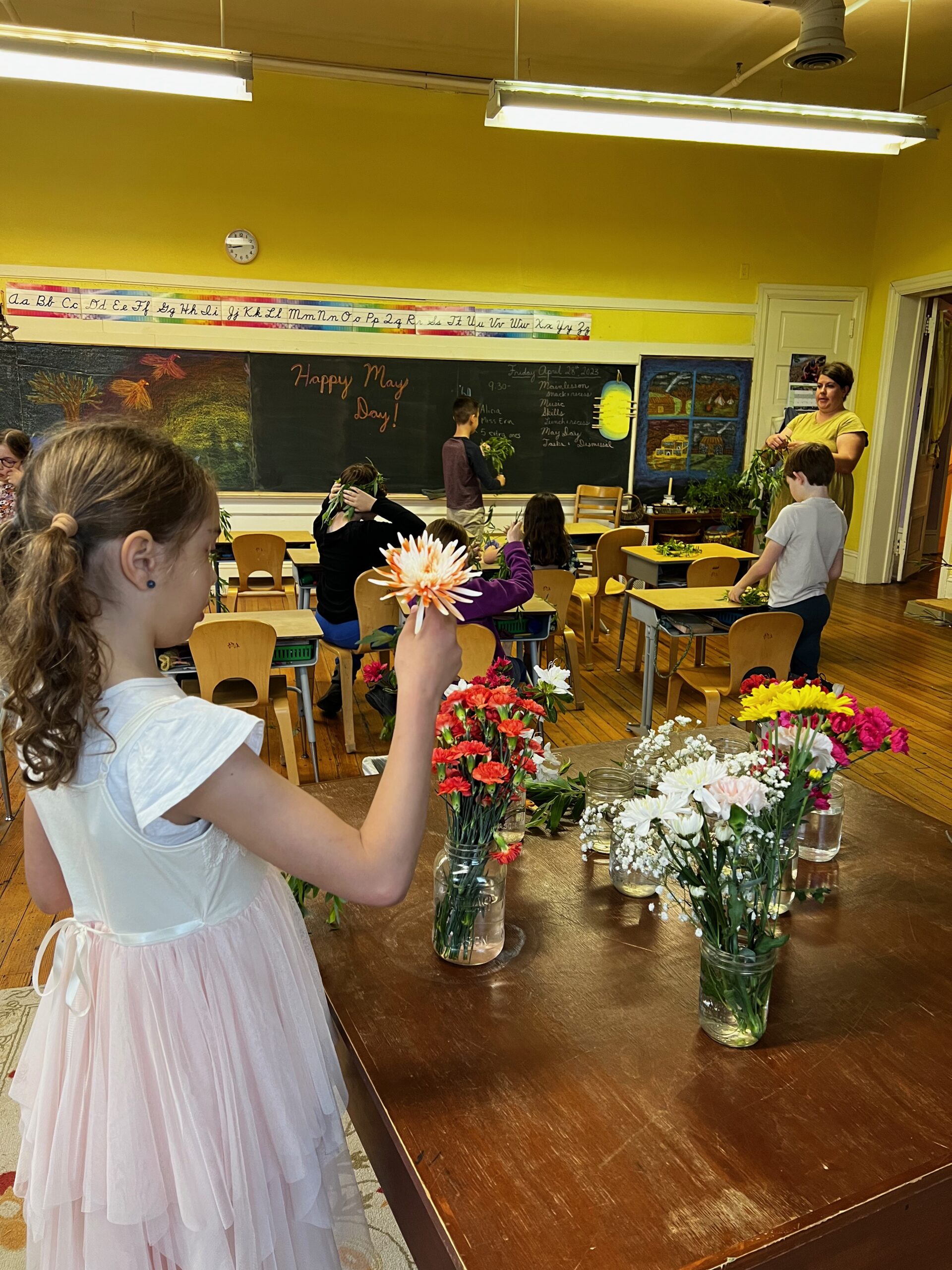

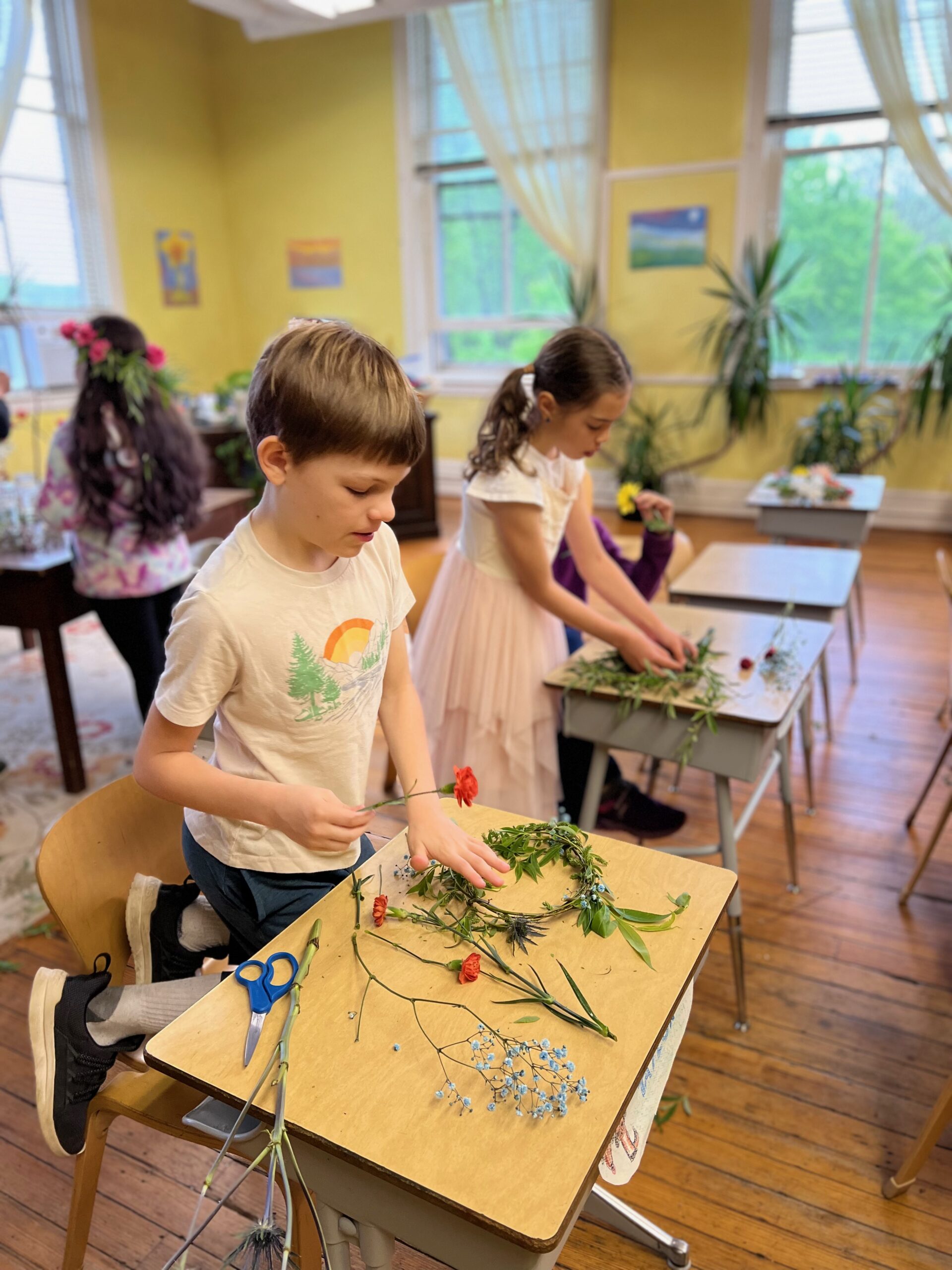

May Day is an ancient festival that lands about halfway between the Spring Equinox and Summer Solstice. It's one of the many festivals we celebrate in Waldorf education that honors the rhythms and cycles of the natural world. Students spend weeks learning May Day songs and dances with SWS Music teacher, Nina Radanovic. This year, our grades students began their day by carefully making their Flower Crowns while parents decorated the school.
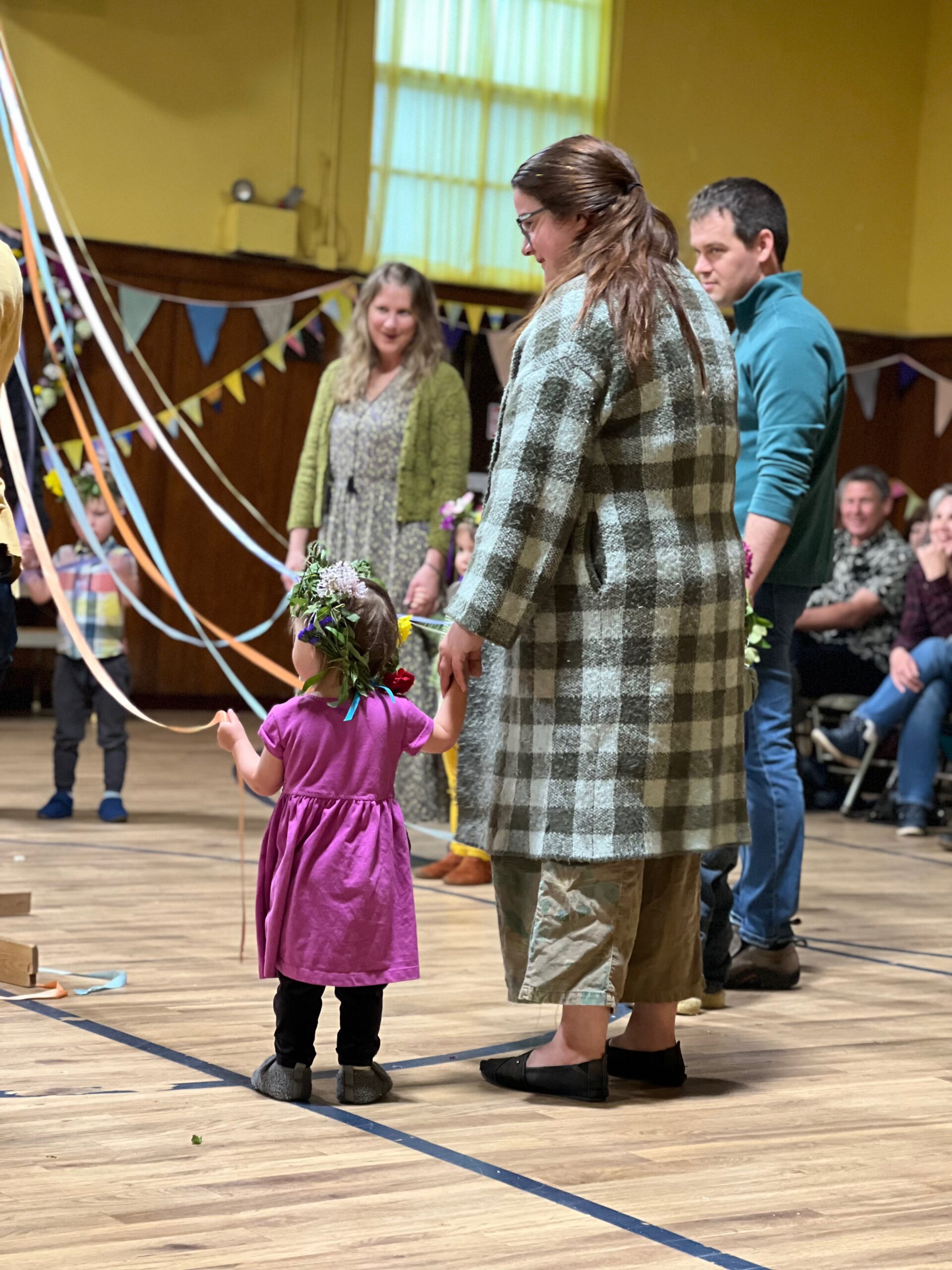

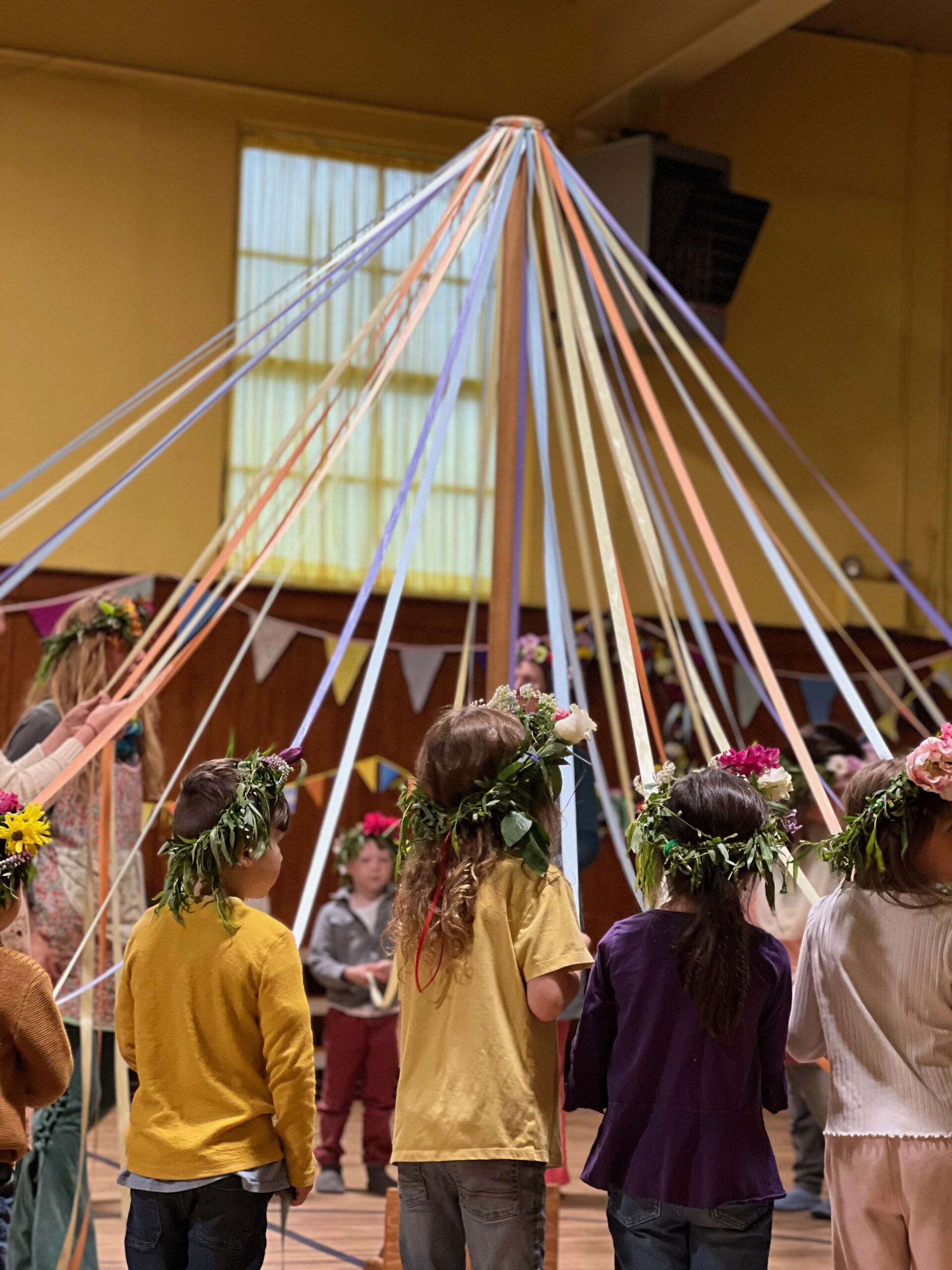

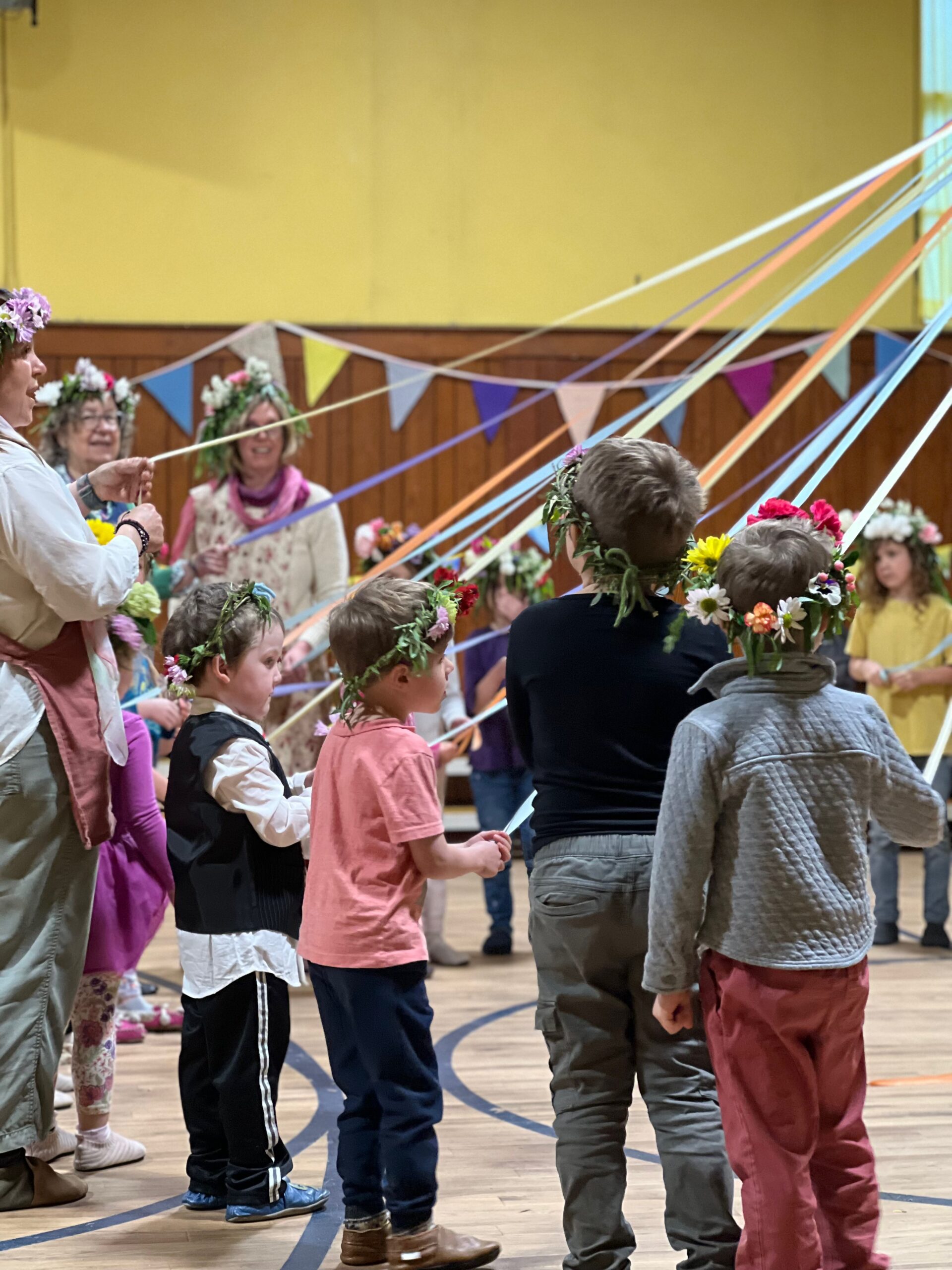

It is always our hope to celebrate May Day outside on our playground but, unfortunately, the weather had other plans this year. May Day celebrations began with our early childhood students. Stepping Stone nursery students entered the gym singing songs of spring. They gathered around the Maypole and, with a parent by their side, danced and sang around the Maypole. Kindergarteners were next and, led by their teachers, did an amazing job!
"Spring is coming, spring is coming, birdies build your nest
Weave together straw and feather, doing each your best.
Spring is coming, spring is coming, flowers are coming too,
Pansies, lilies, daffodillies, now are coming through."
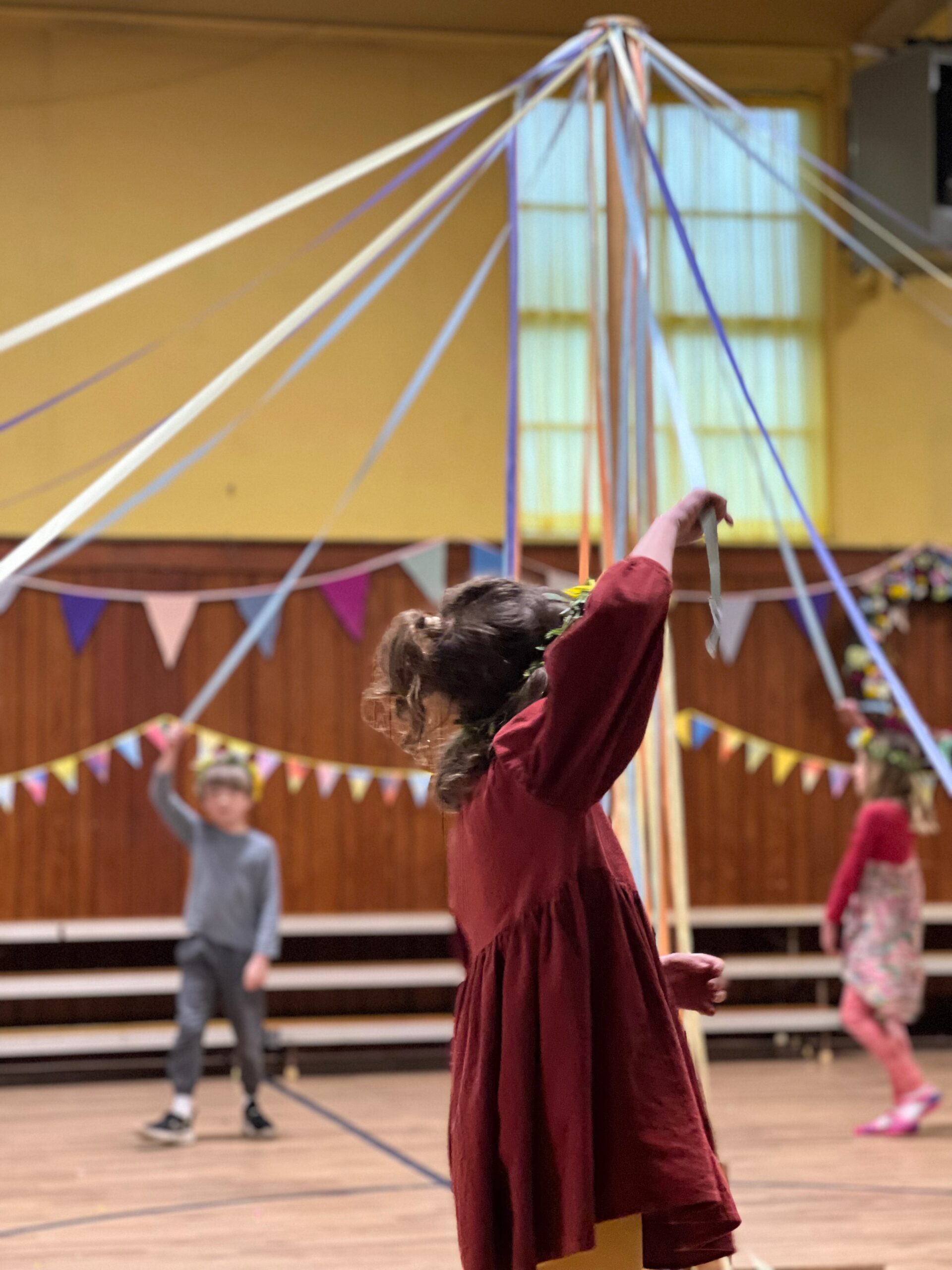

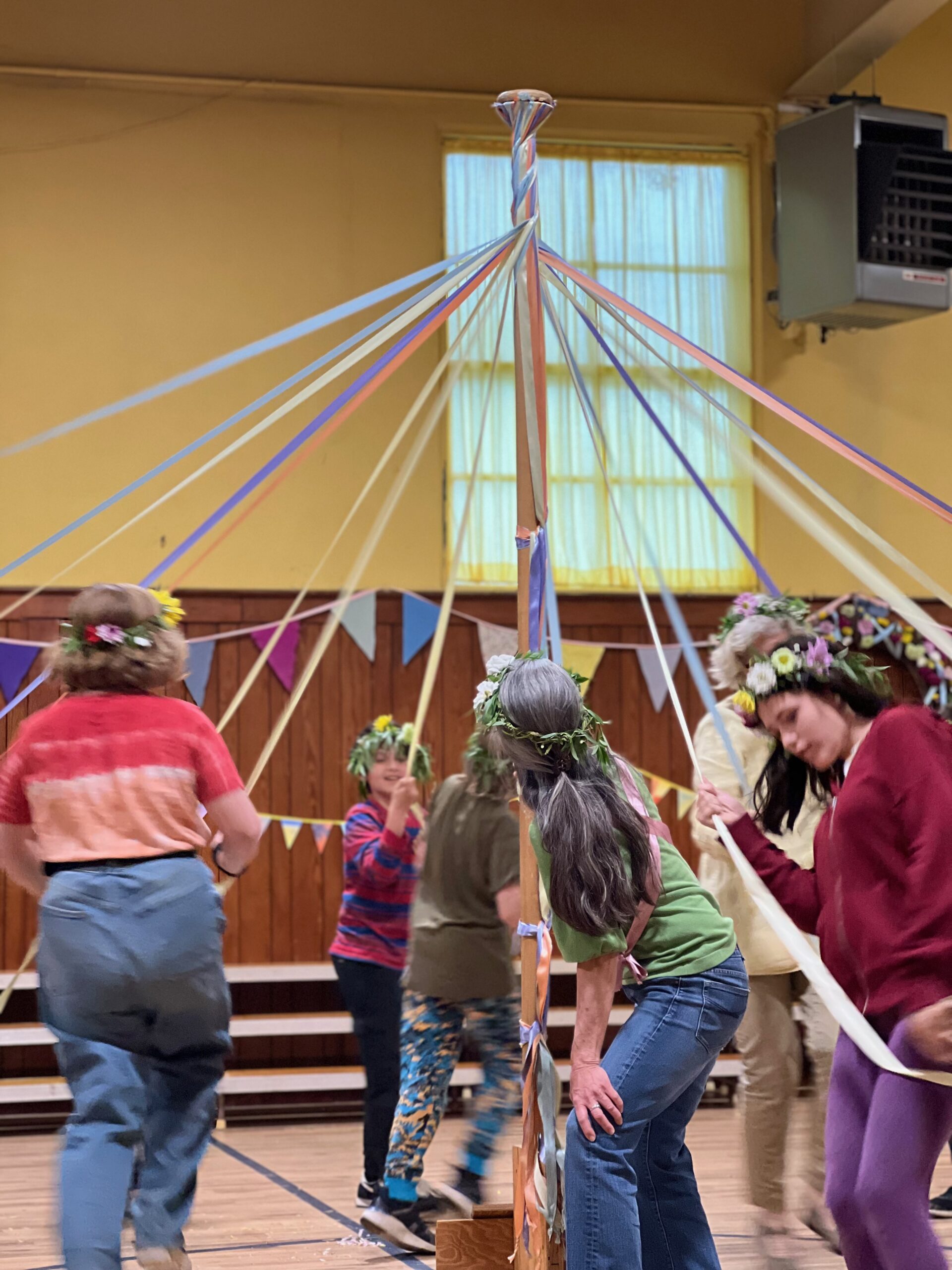

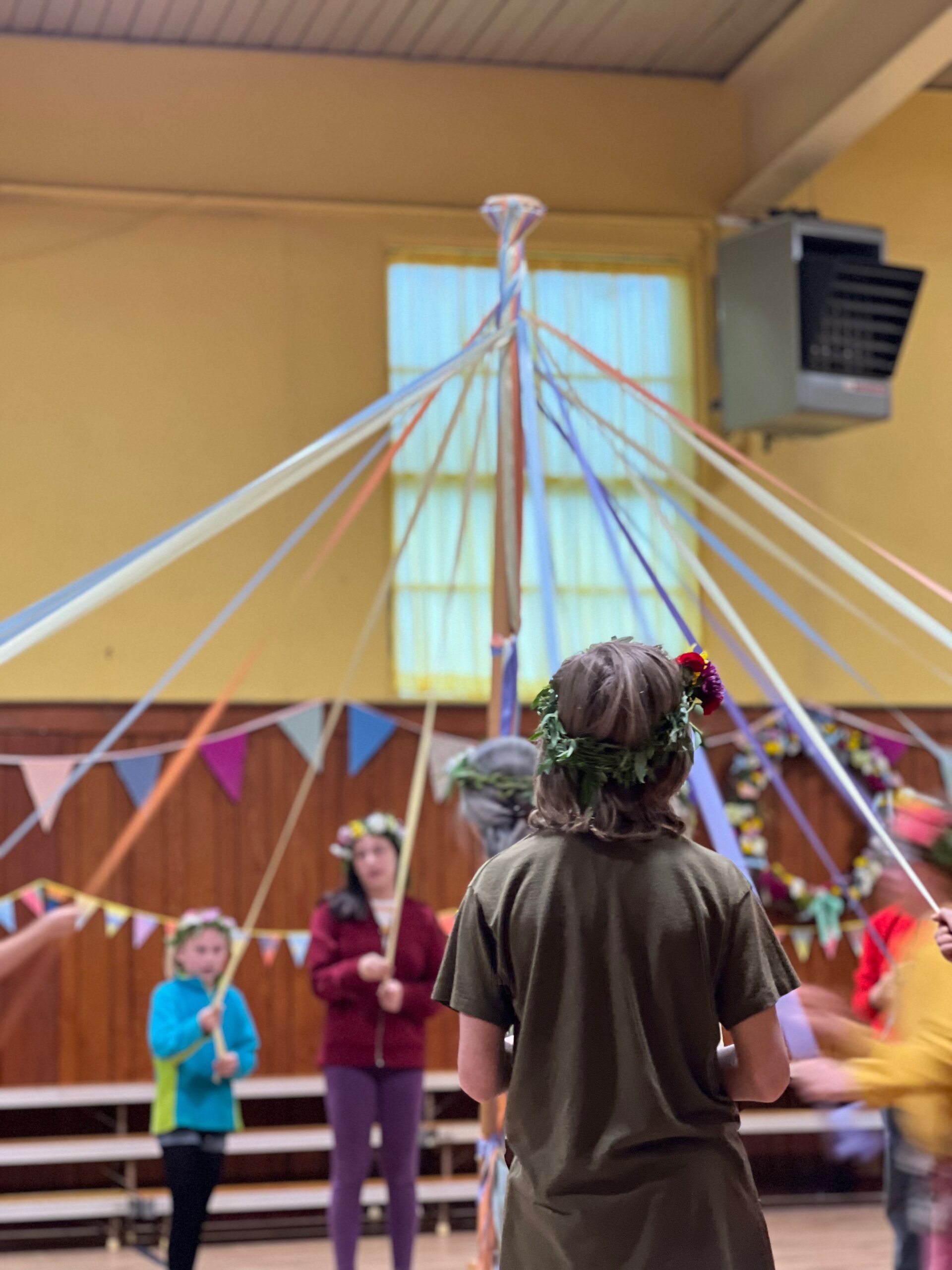

Later in the day, the 7th-grade orchestra, led by SWS Orchestra teacher Michael Cameron, welcomed all as the procession of students led by 8th-graders entered the gym. The festivities began with SWS 5th and 6th-graders performing the North Skeleton Sword Dance and SWS 8th graders performing the Stick and Bucket Dance. It was time to dance around the Maypole! Students gathered around the Maypole proudly wearing their flower crowns, chose a ribbon, and danced and sang in celebration. The gym was filled with laughter, joy, and a felt sense of community. Happy May Day from your friends at Susquehanna Waldorf School!
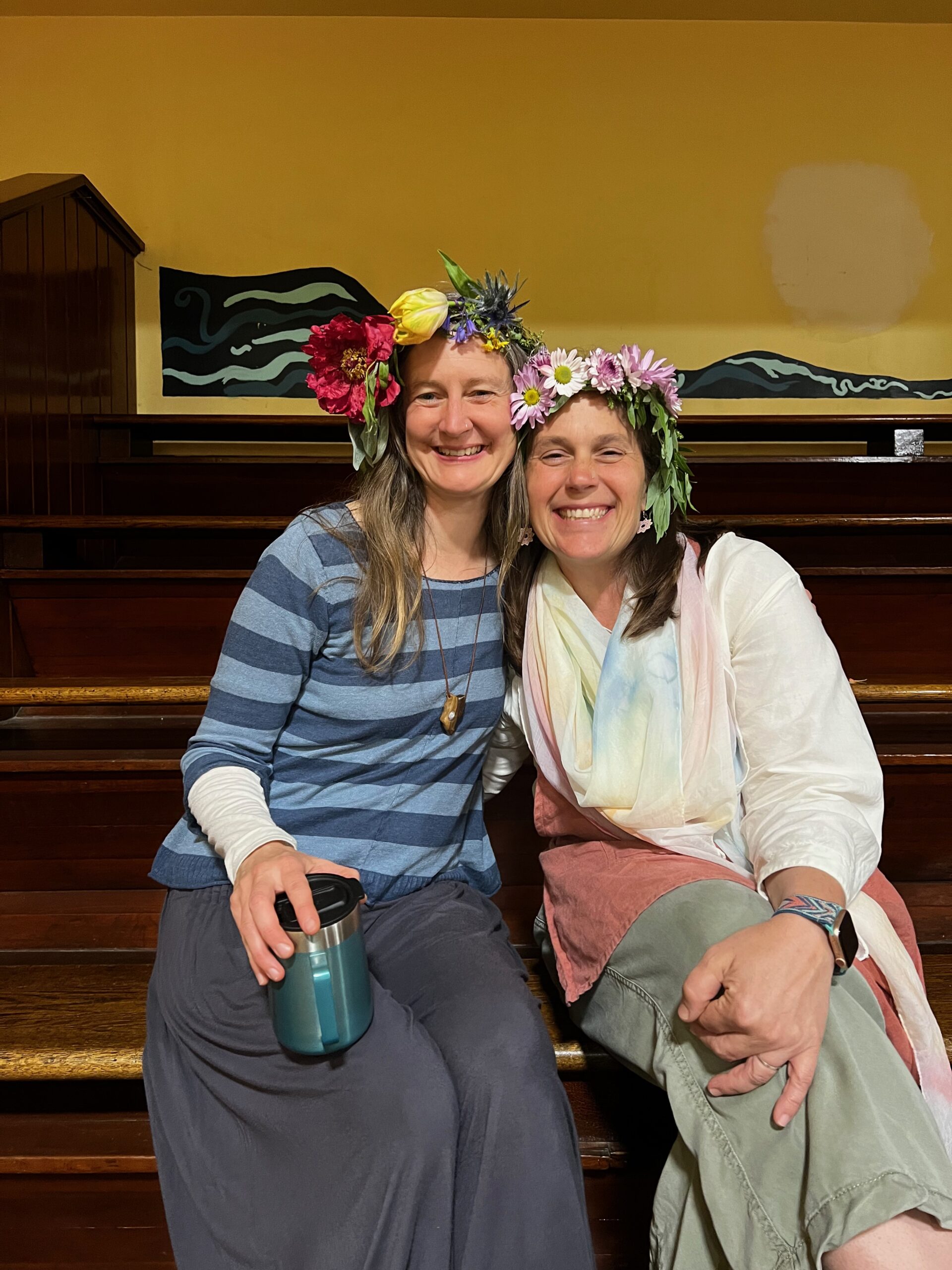

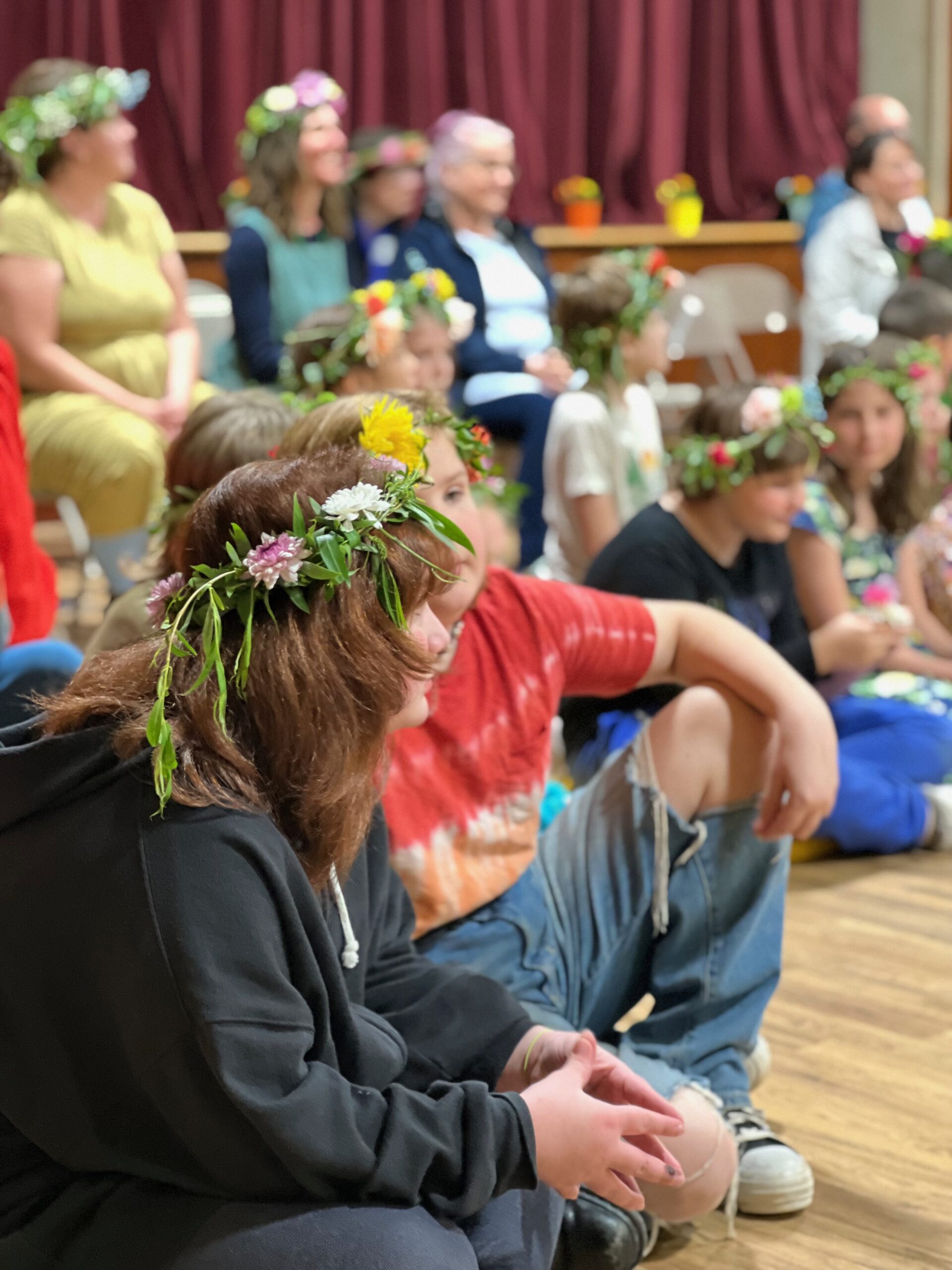

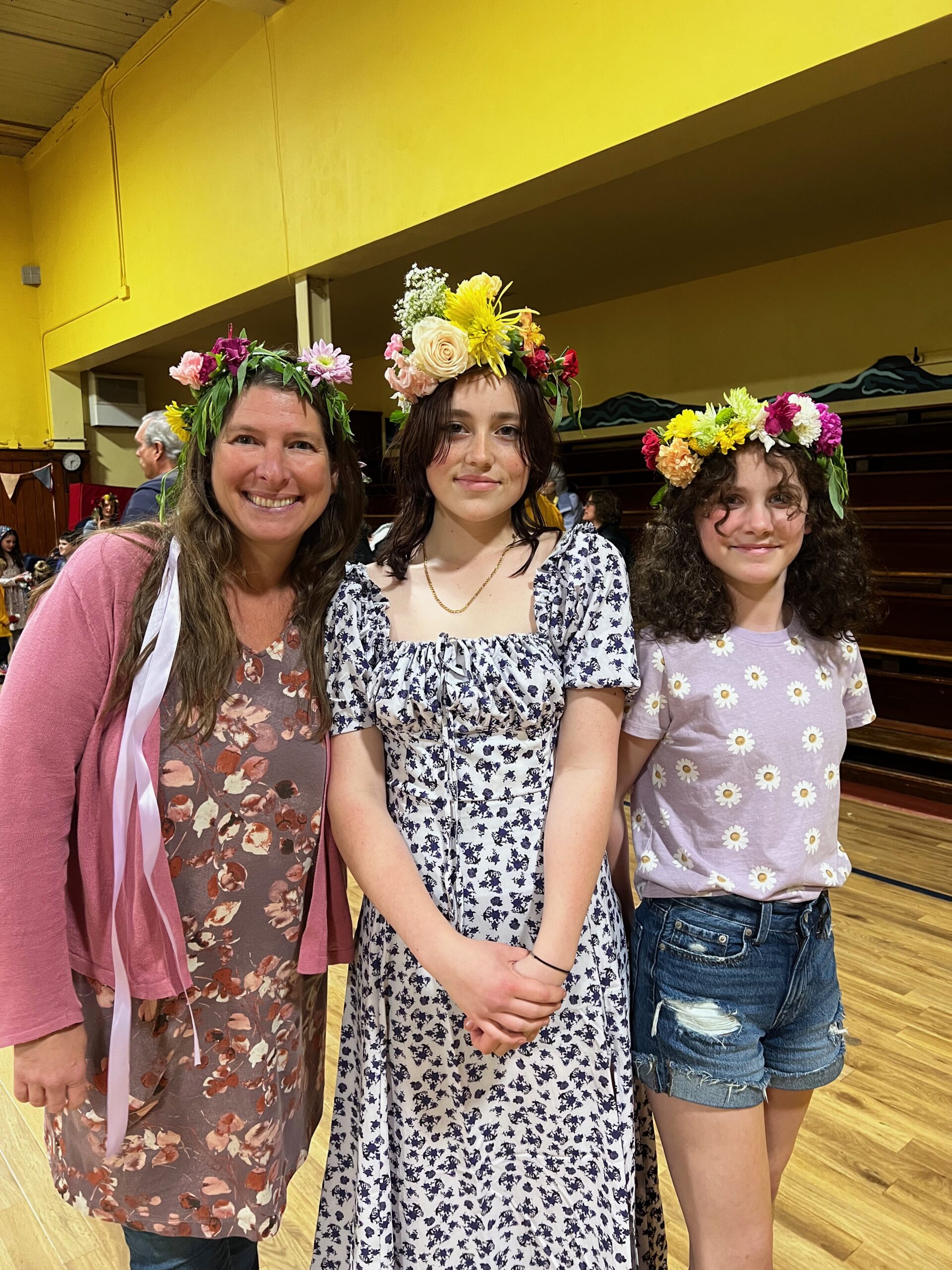

Third Grade Building Project
Written by 3rd-grade teacher, Mandela Davis.


I am so proud of my students! Third grade is an important year in child development, parental relationships, and students' understanding of their whole being. As a class 3 teacher it is my job to help parents see the changes in their 9-year-old and to help teach the love of change they are experiencing as a family.
“The change in the children’s self-awareness grows stronger at the age of nine, and you find that they understand much better what you say about the difference between the human being and the world. Before they reach the age of nine, children merge far more thoroughly with the environment than is the case later, when they begin to distinguish themselves from their surroundings. Then you will find that you can begin to talk a little about matters of the soul and that they will not listen with such a lack of understanding as they would have listened earlier. In short, the children’s self-awareness grows deeper and stronger when they reach this age.” - Rudolf Steiner, Founder of Waldorf Education
In Waldorf 3rd-grade classrooms around the world teachers, parents, and caregivers have the opportunity to give the security the children need. Around age 9, give or take, a child sees the world from a whole new perspective. Their beloved childhood of the imagination is changing. The doll in the playhouse is no longer speaking or talking to the other doll. I remember the exact moment around 9 when I was playing in my doll house. I sat down with my imaginary family, and all of a sudden, I looked at my wooden doll figures and they did not speak to me. My father checked on me and said, "Dela it’s time for dinner." I was so happy I heard a voice I knew. That was the voice of protection and safety.
This is why in Waldorf education the third grade focuses time on building and learning how different cultures live and work with the land. These lessons show security and endless possibilities for the third grader. This year my students and I wanted to build something the school needed and that everyone in the community could benefit from. We decided to build a picnic table! Prior 3rd grade classes have built items such as a bench or a bridge. It’s an opportunity for a child to ask the questions:
"Why are we doing this?"
"Who will it benefit?"
“What does it take to build a large project?”
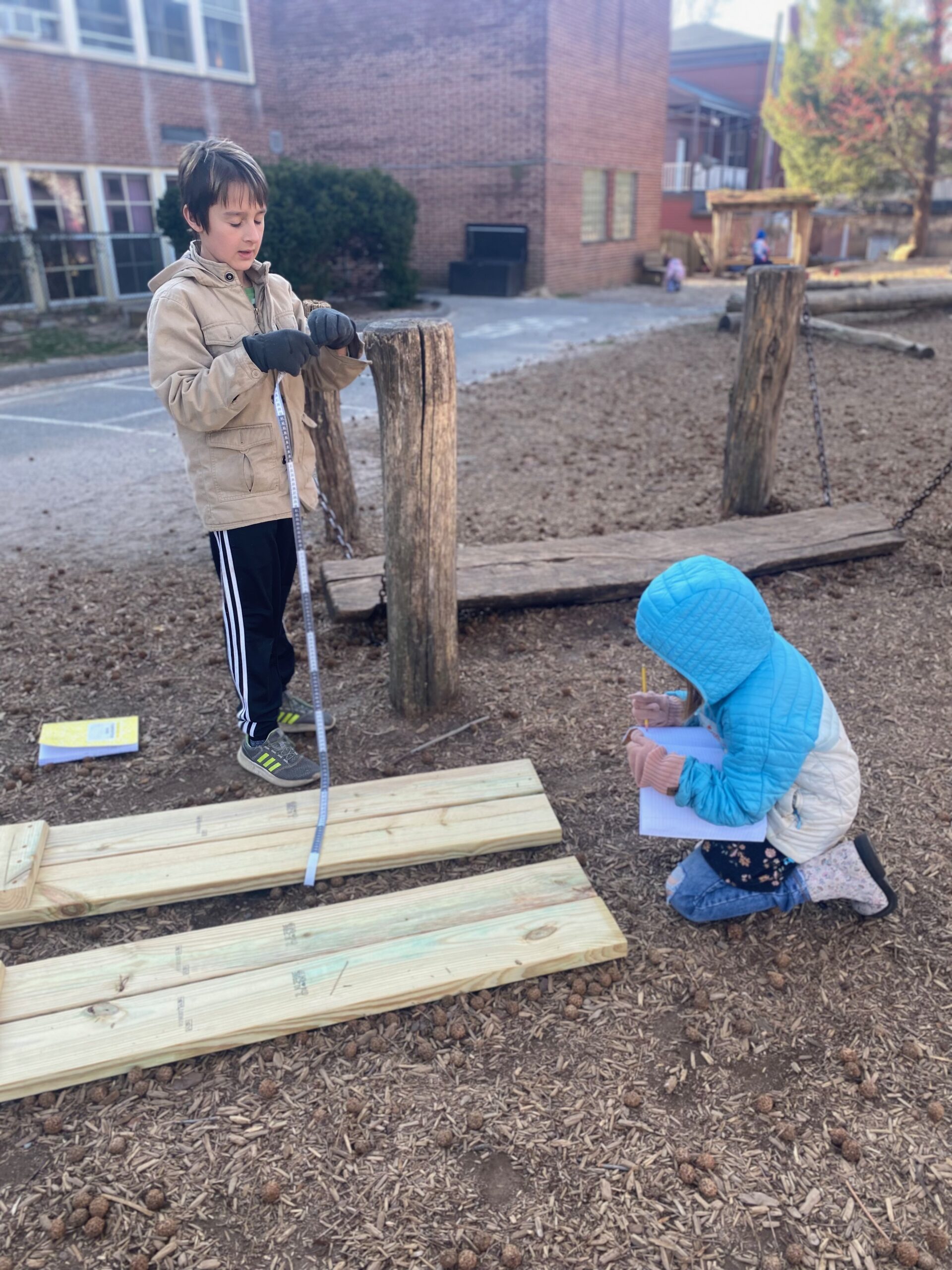

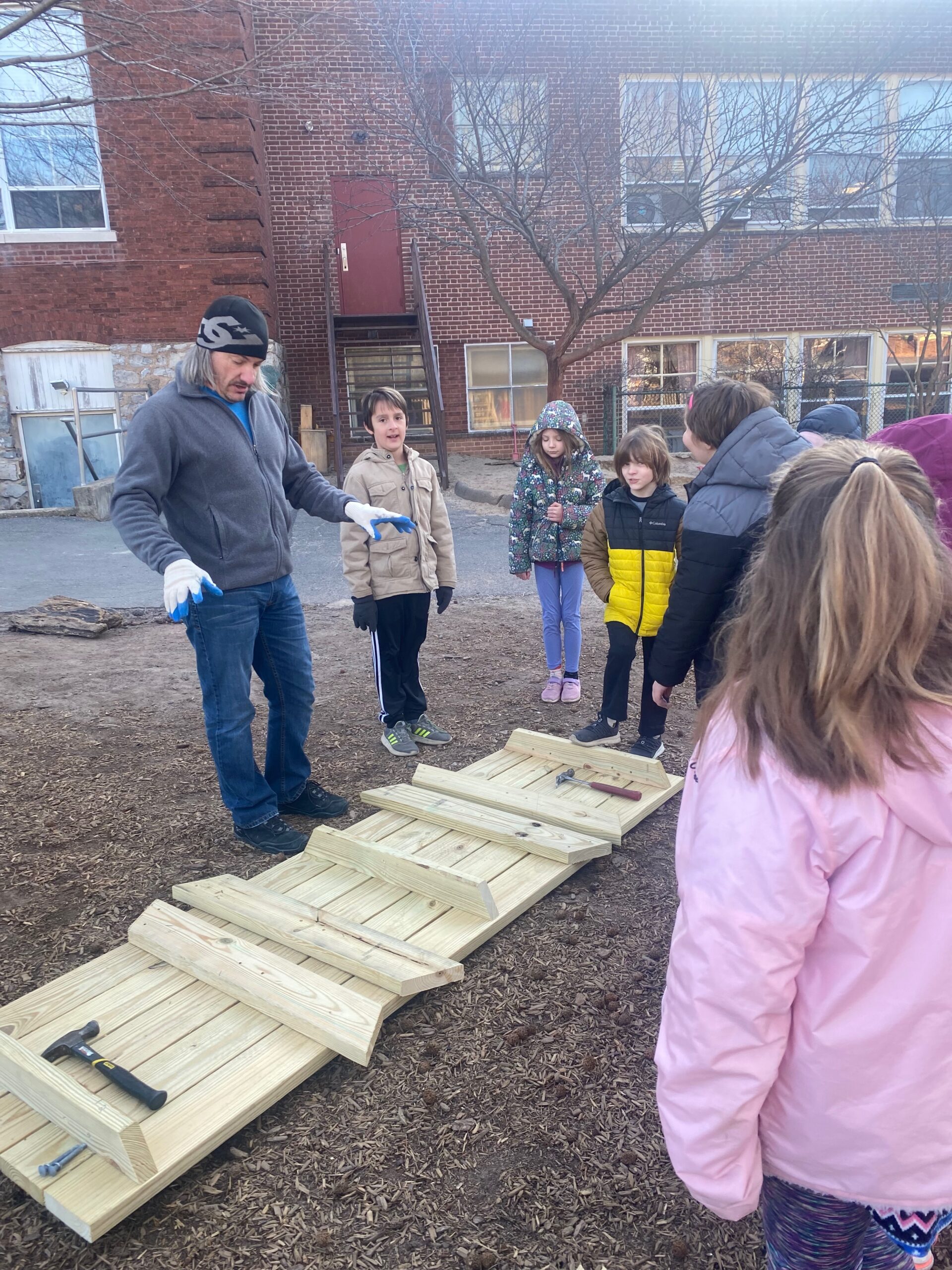

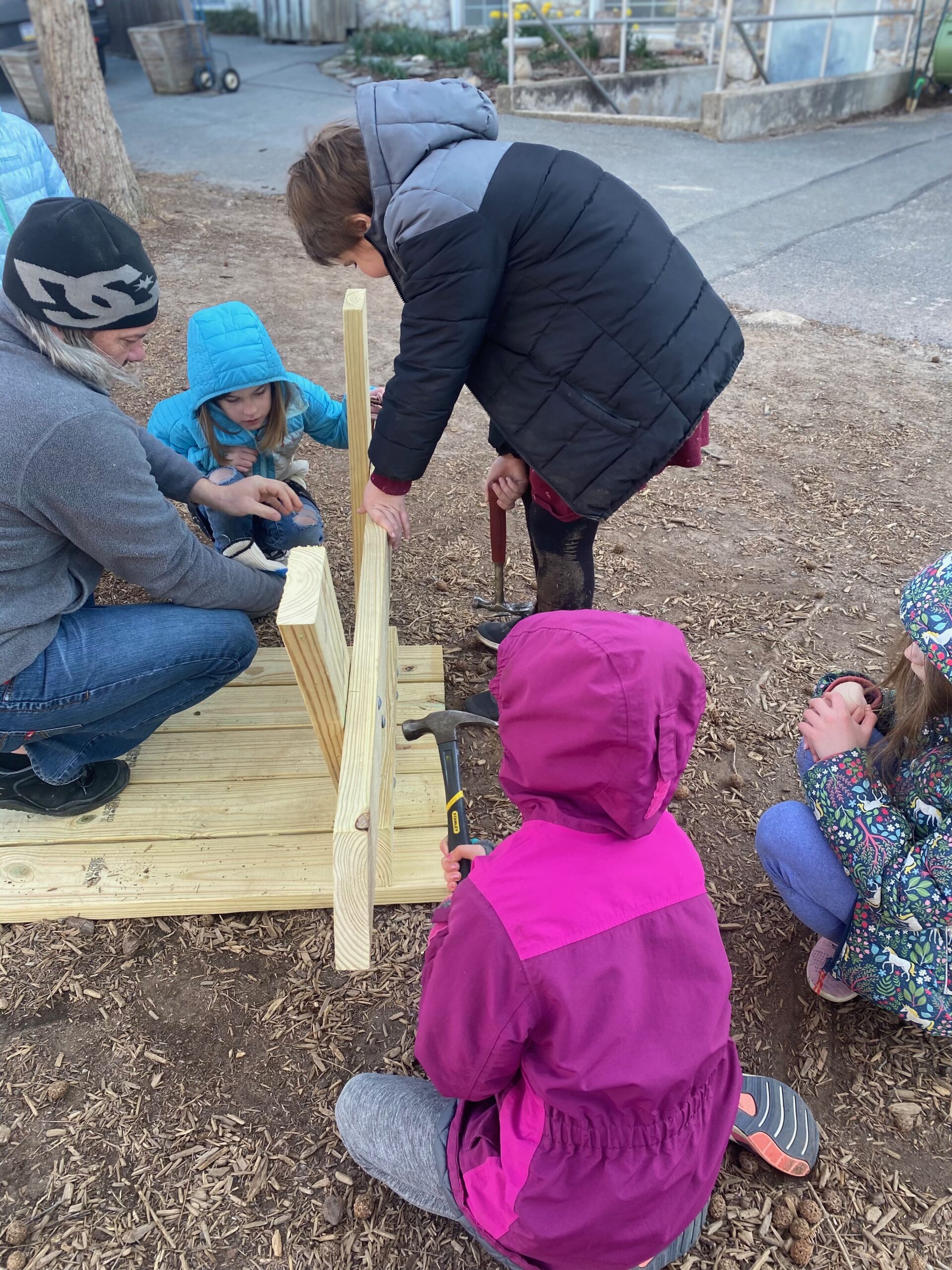

We found building plans and set to work with the help of a class parent! The students drew and measured the dimensions of the table. A wonderful class parent handled the bulk of sawing and measuring. This parent brought the materials to our school and we assembled the picnic table during our morning main lesson time. The students used different kinds of tools and learned the processes of building a project. We utilized our math, listening, and sharing skills as we learned how to work together on a large project.
In the end, my students and I had a great time doing this project. It brought the whole class together in a new special way. A few students said to me, “Mrs. Davis we did it! We created this!” The joy this project brought my students is like no other. Also, it is a wonderful lesson for them to see how they can build something with their hands that will benefit future students and generations to come.
